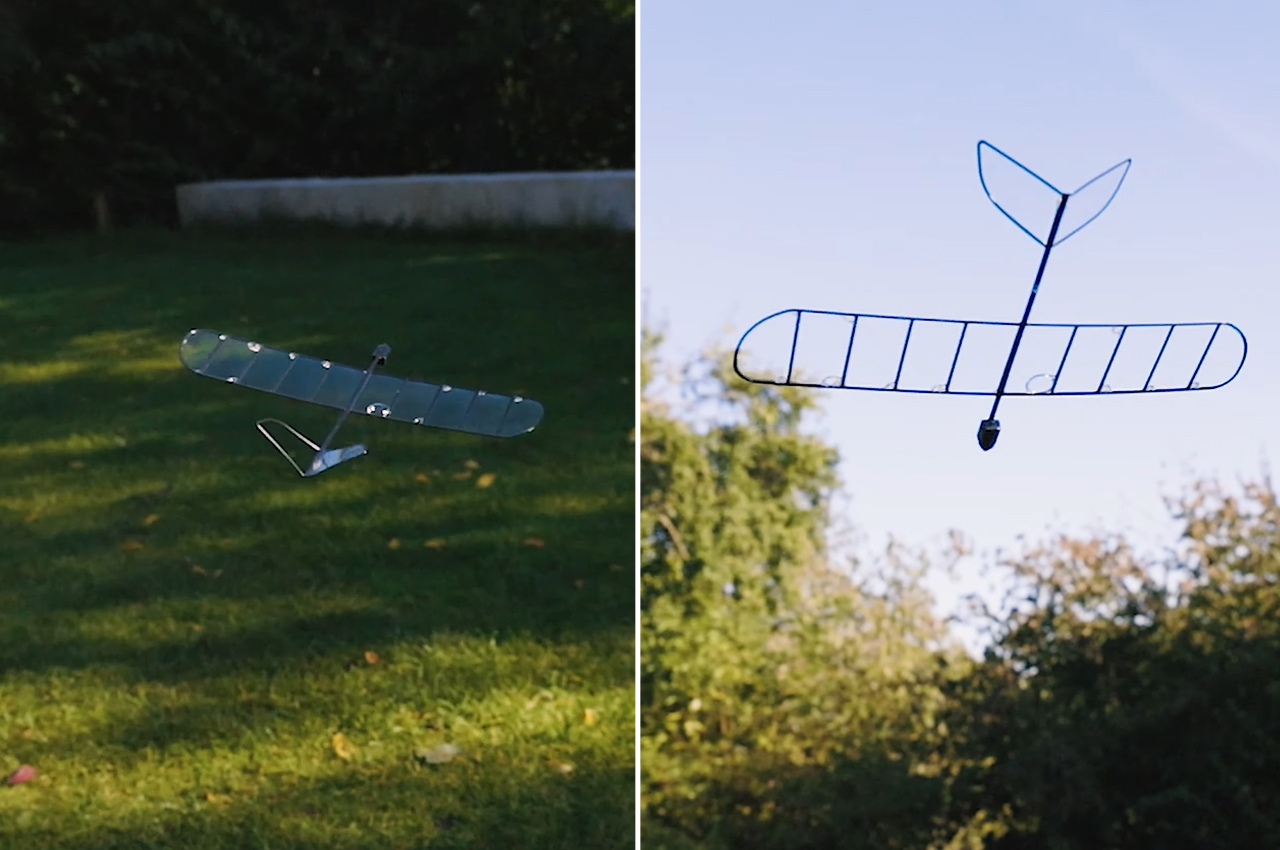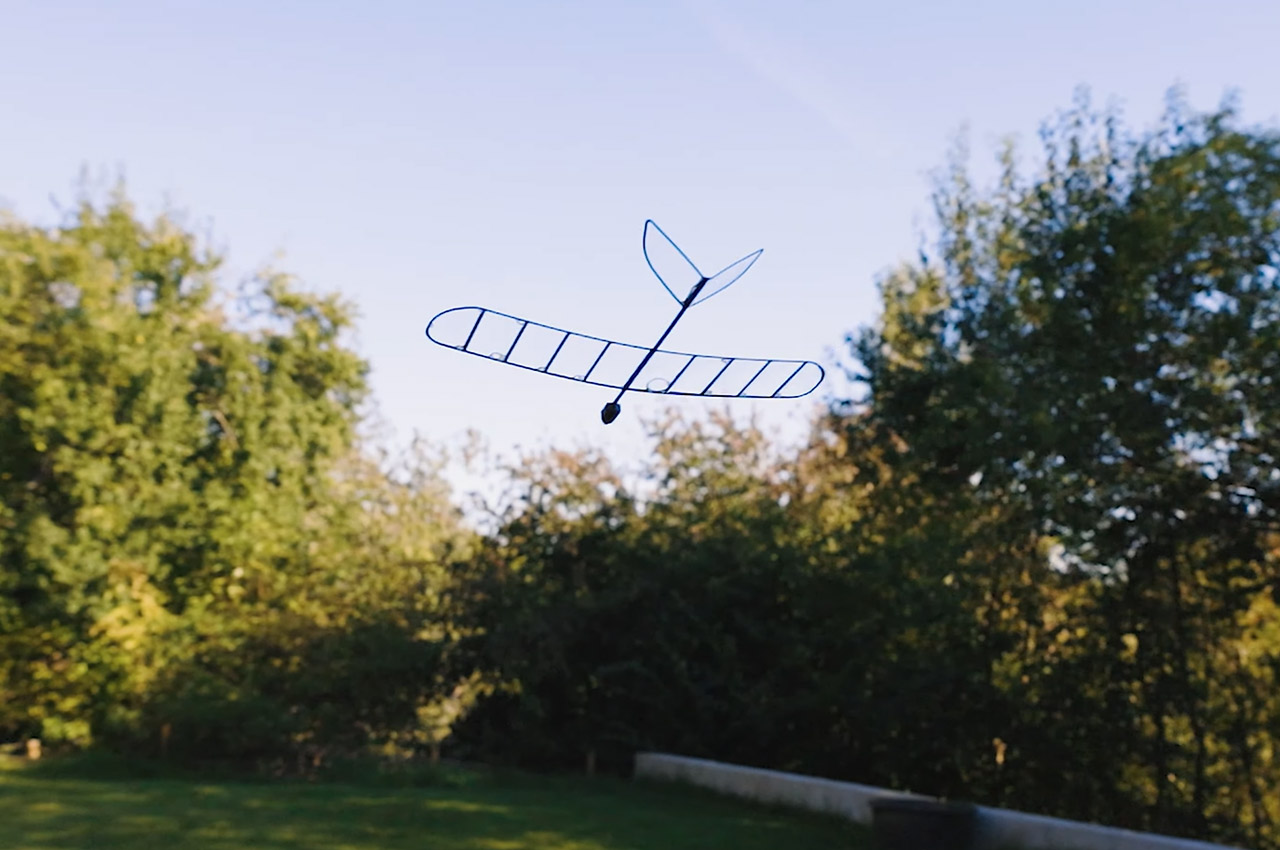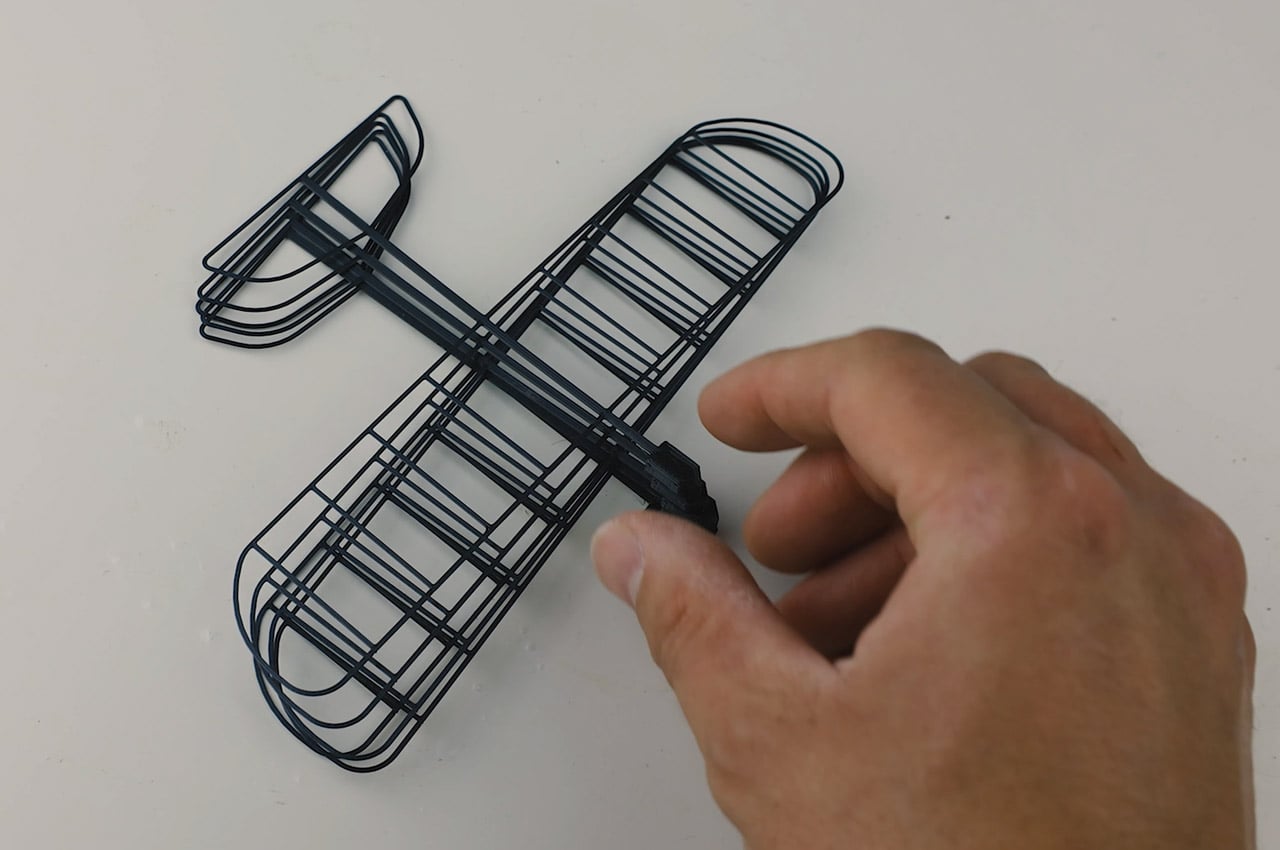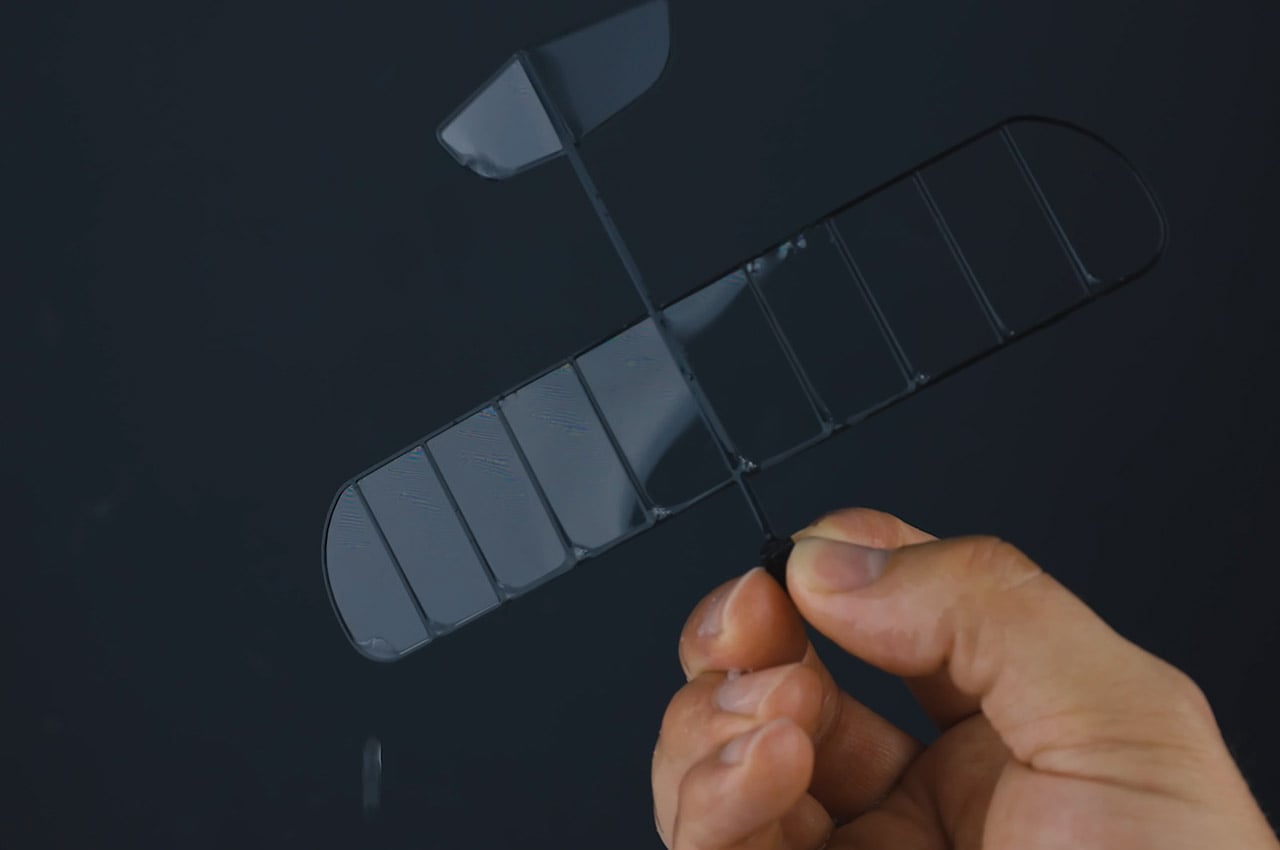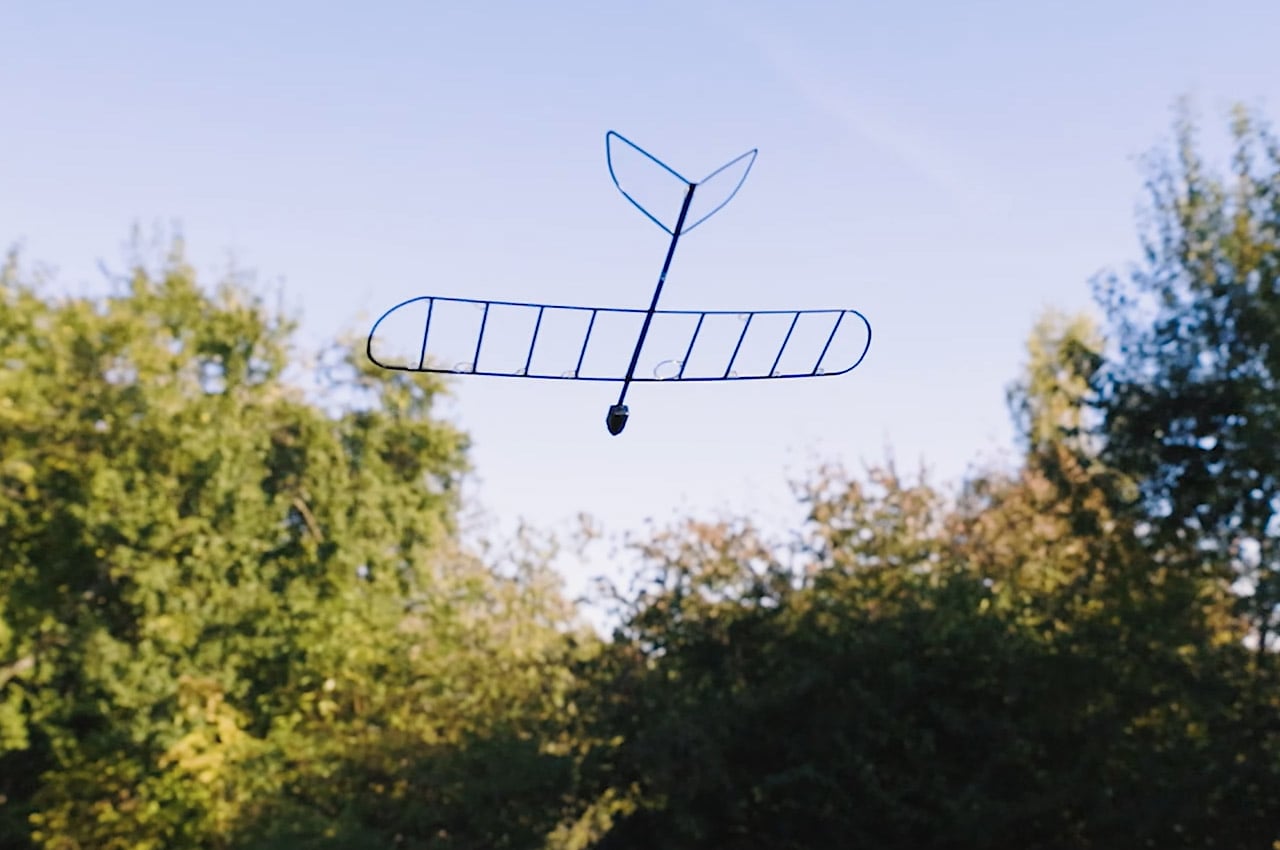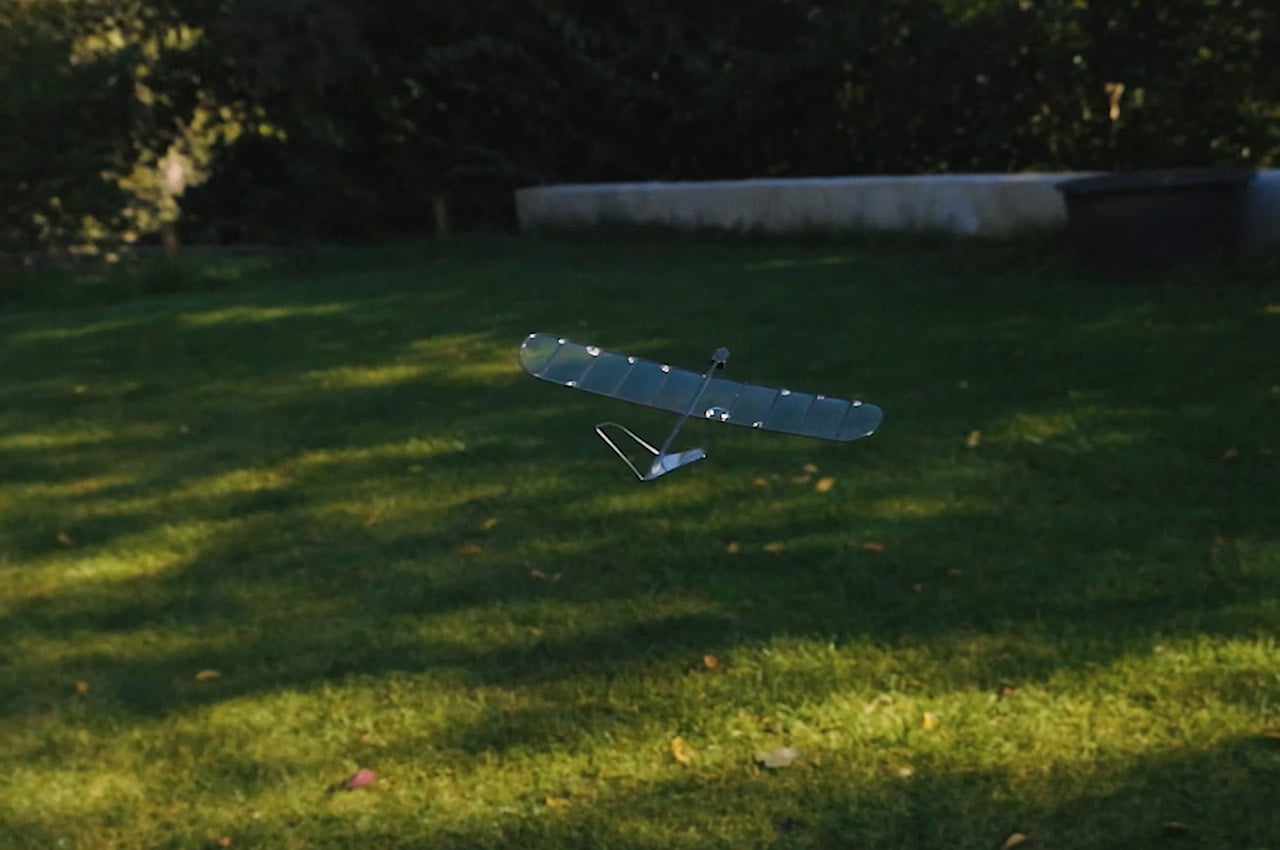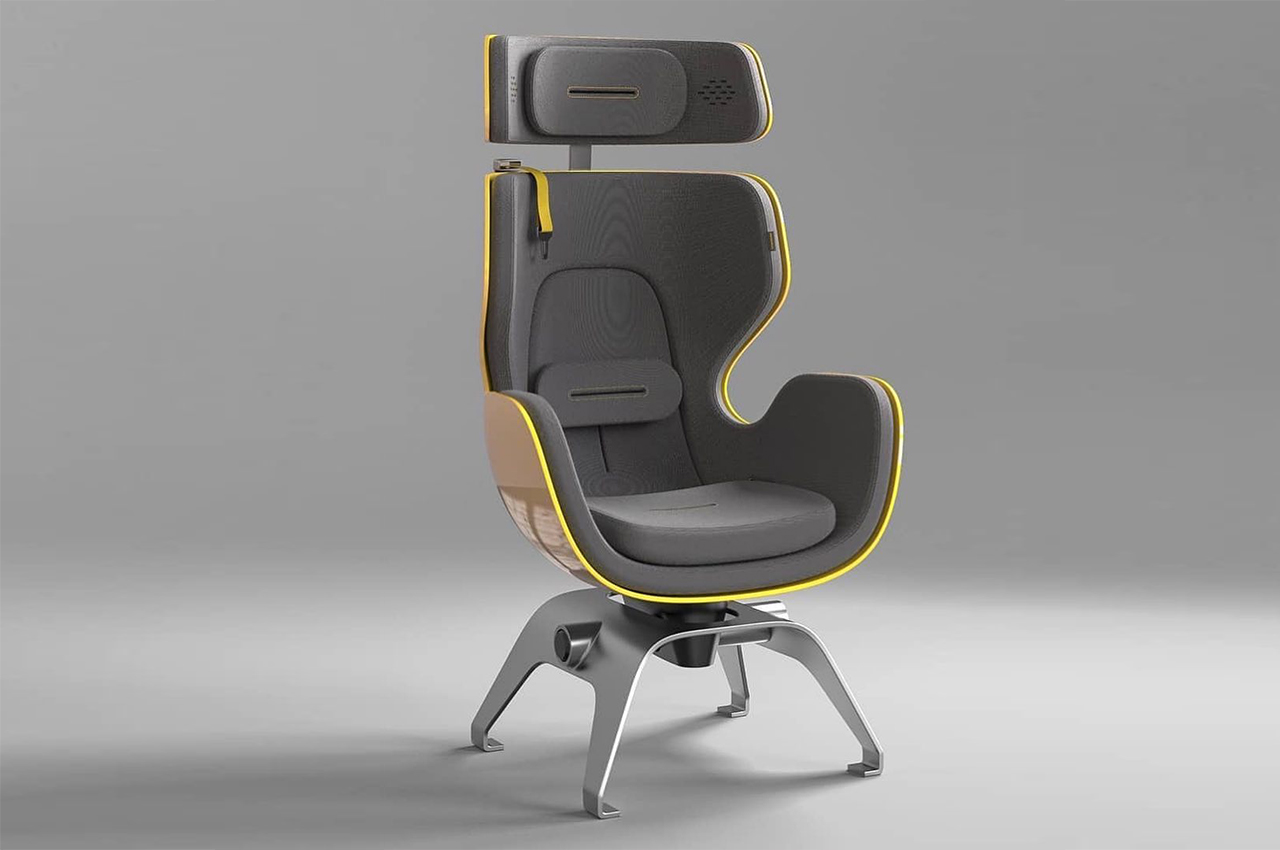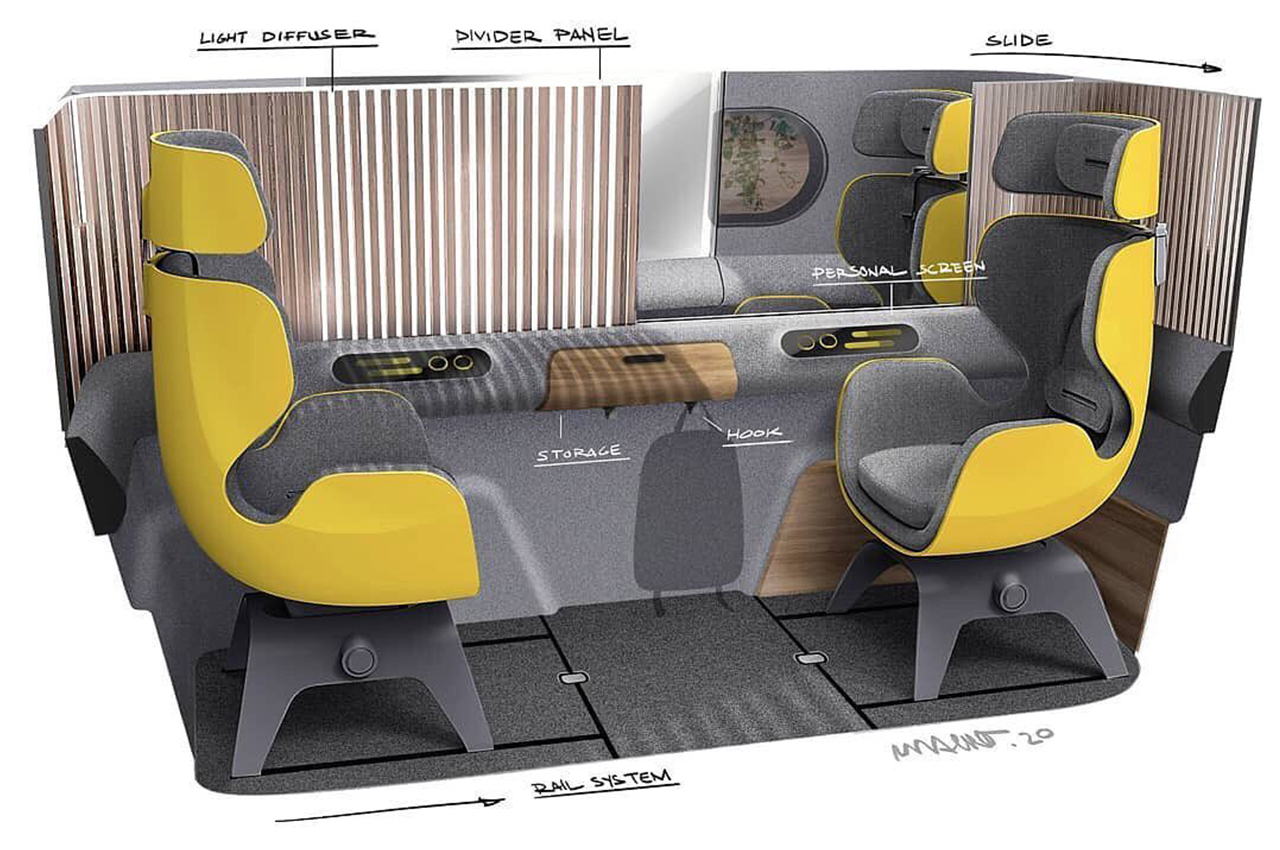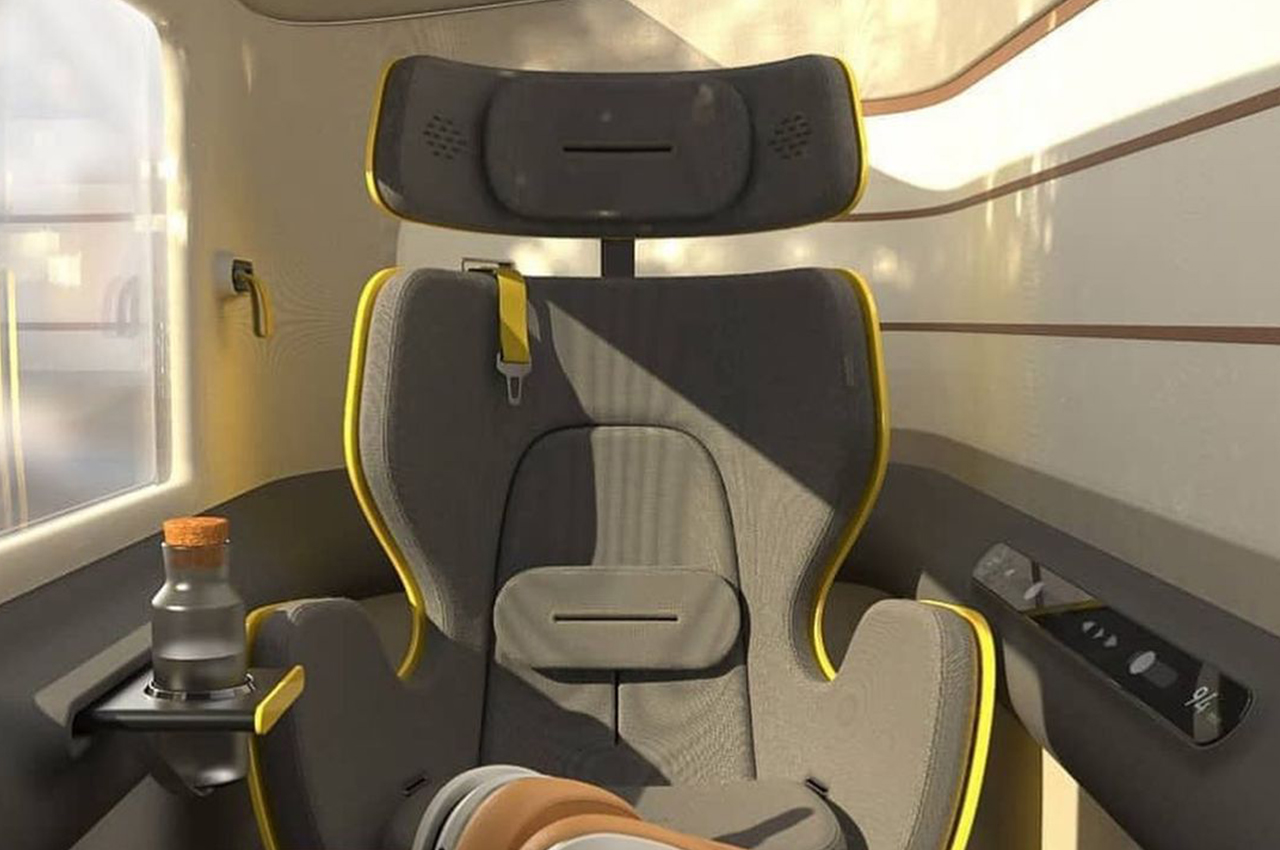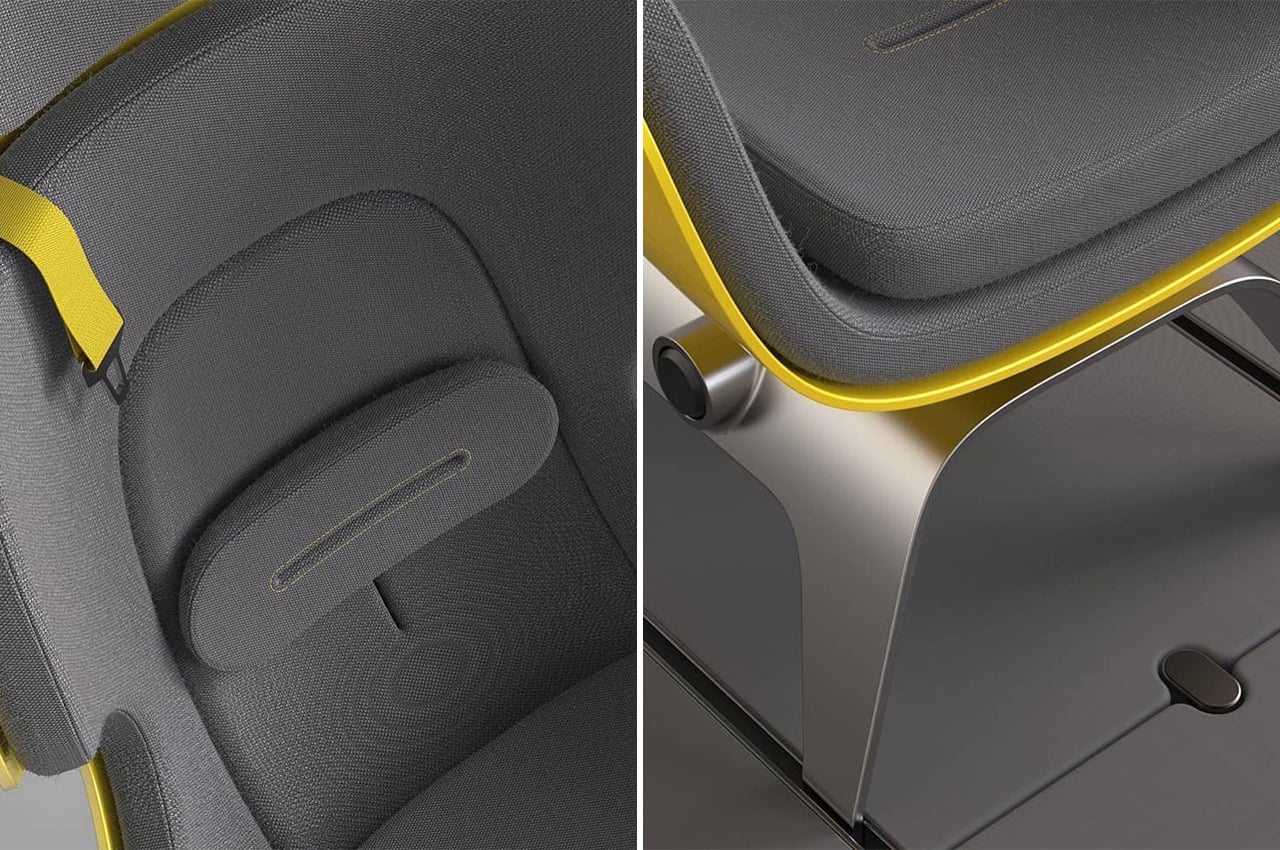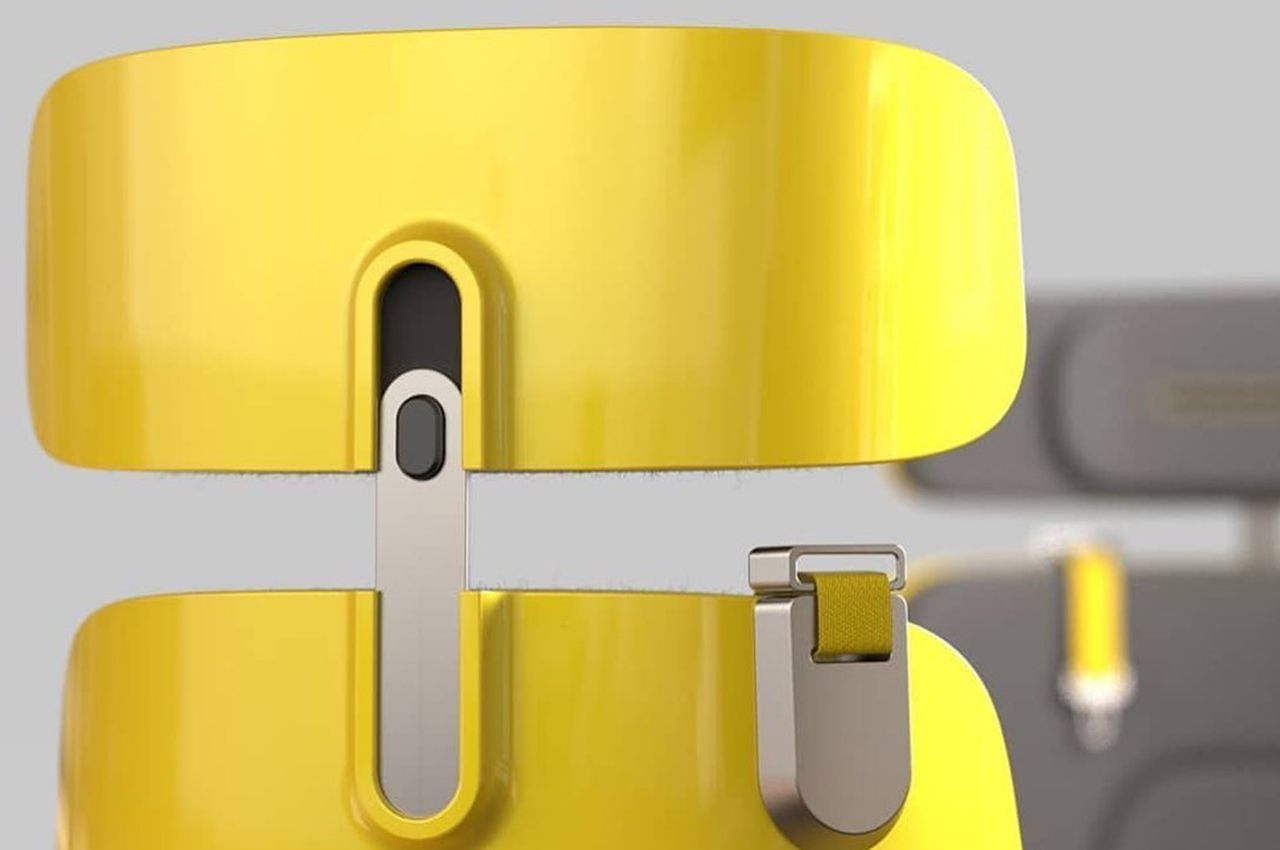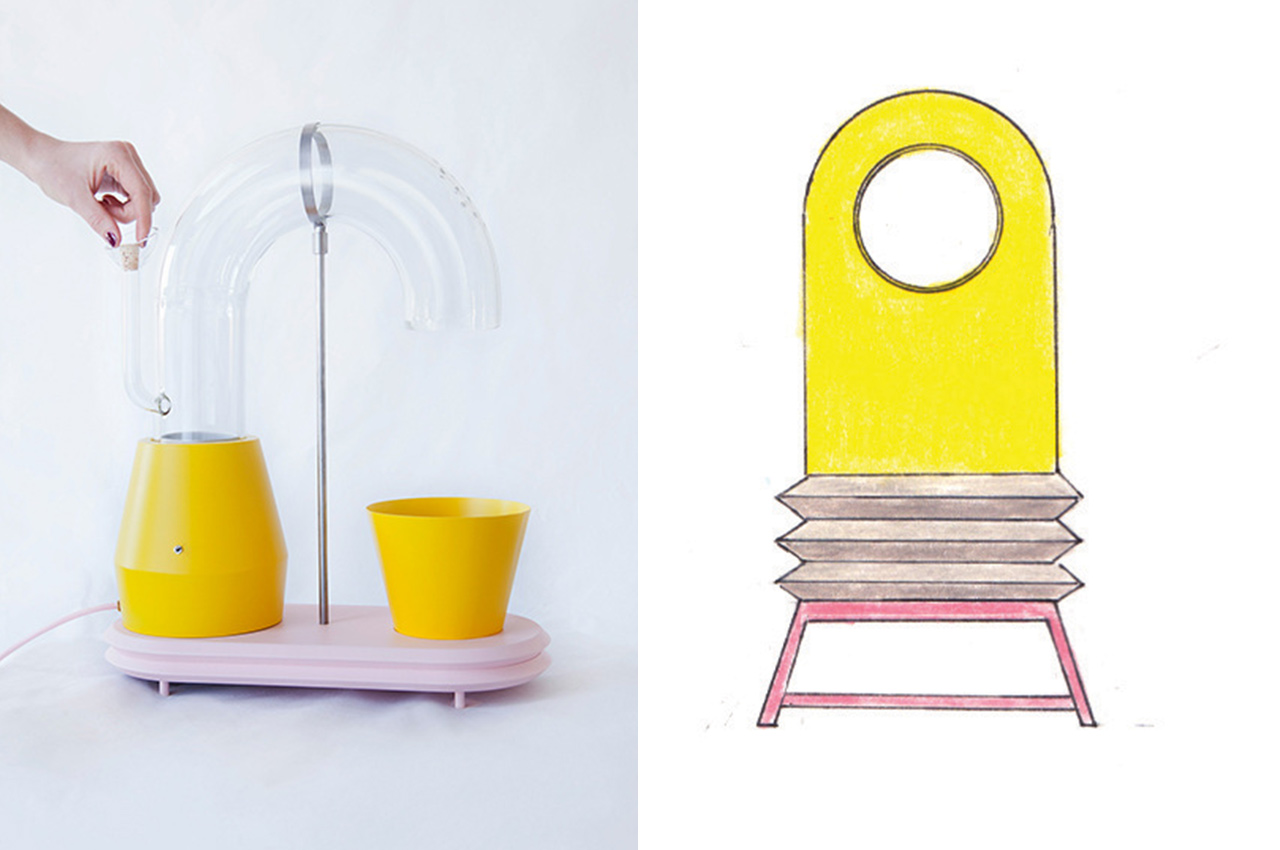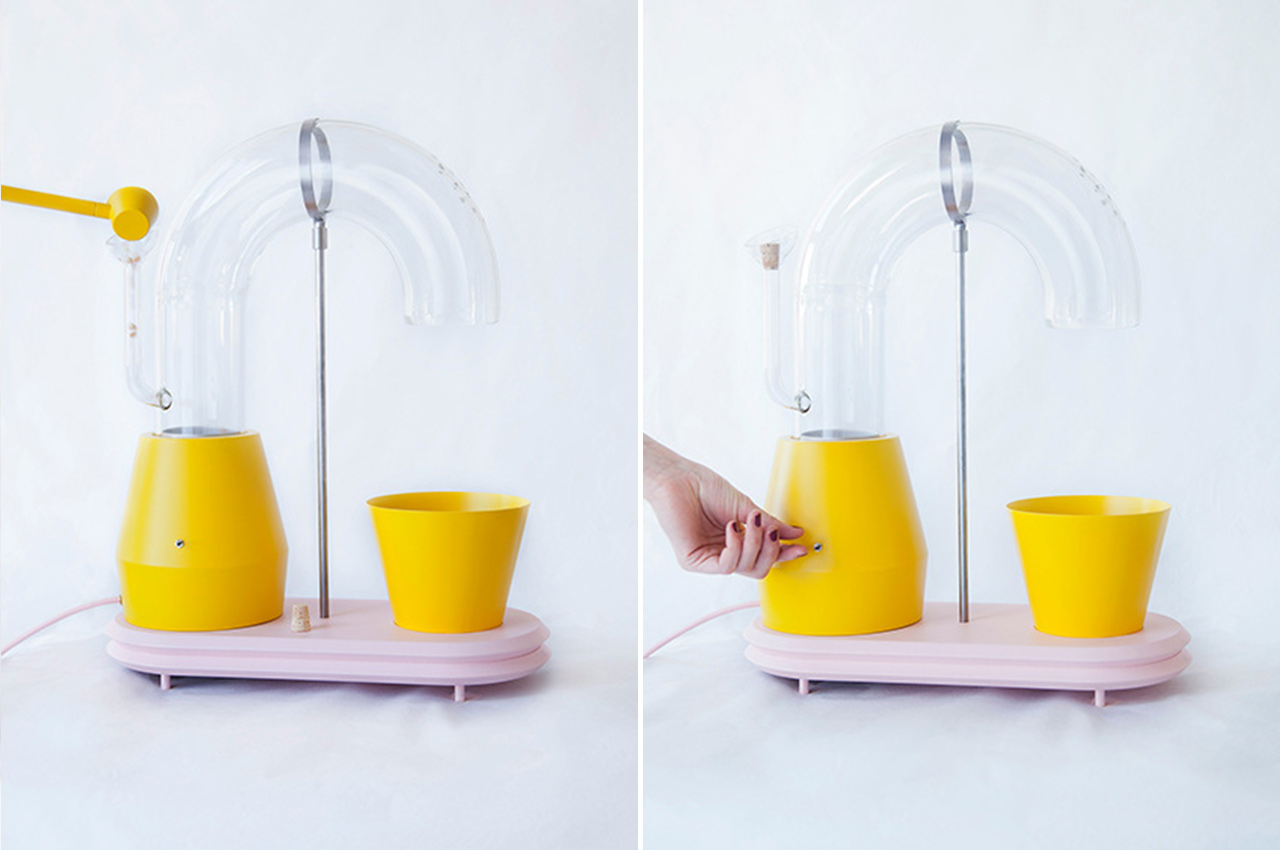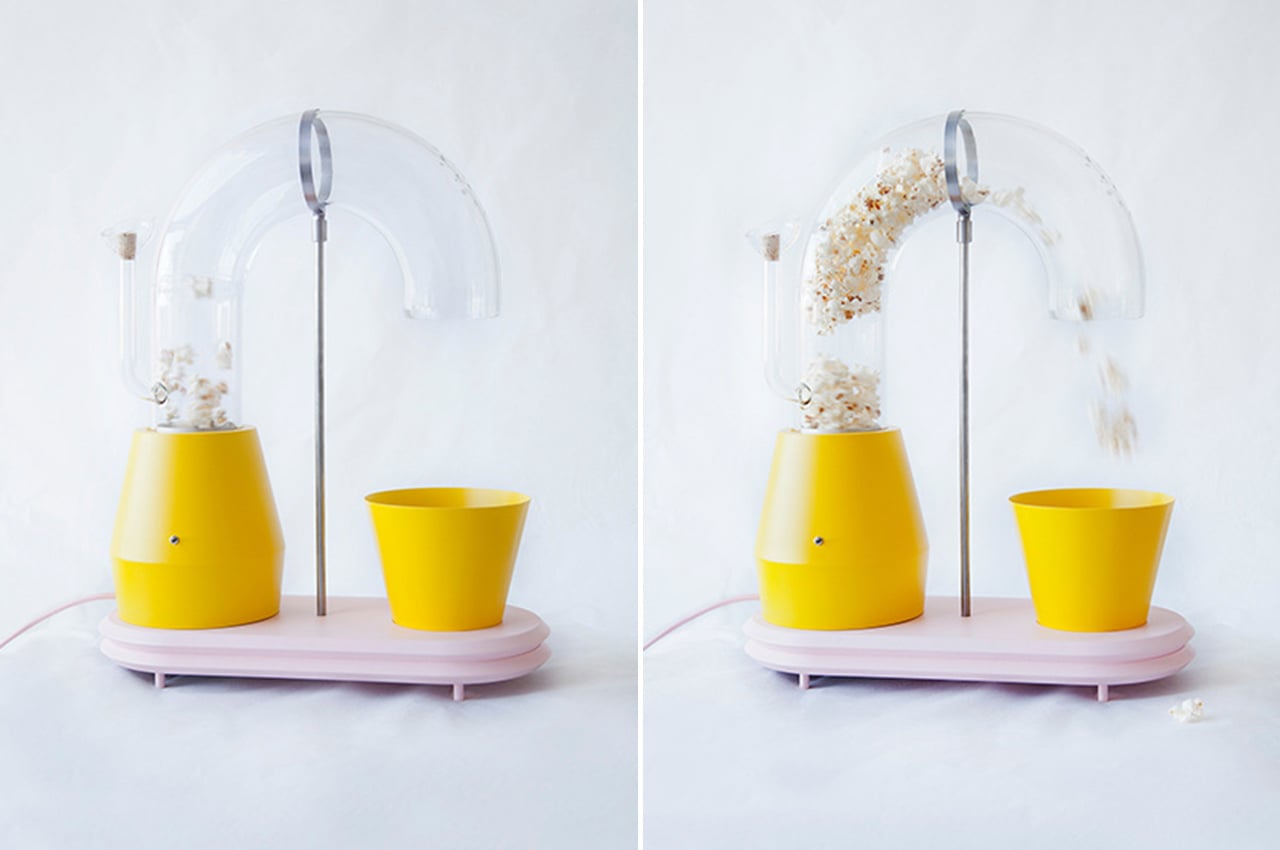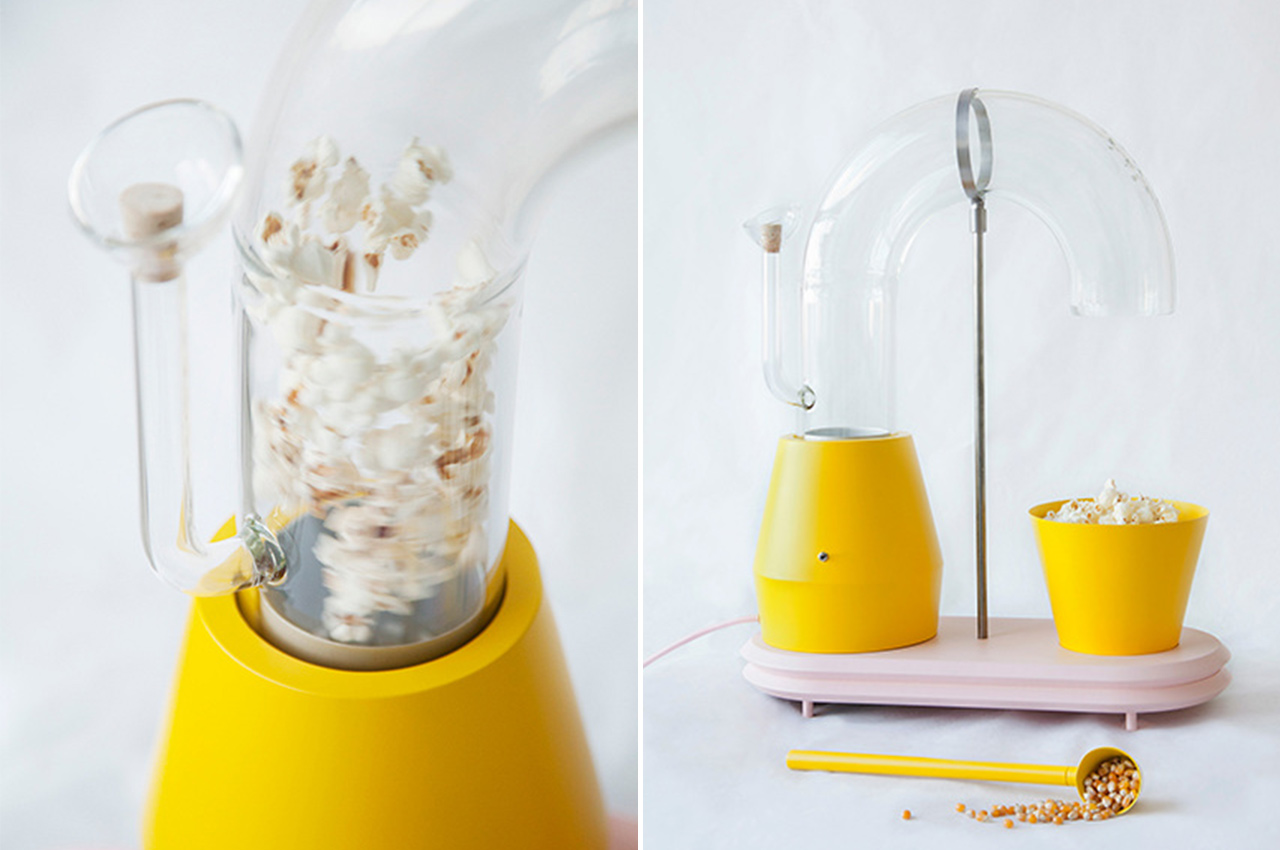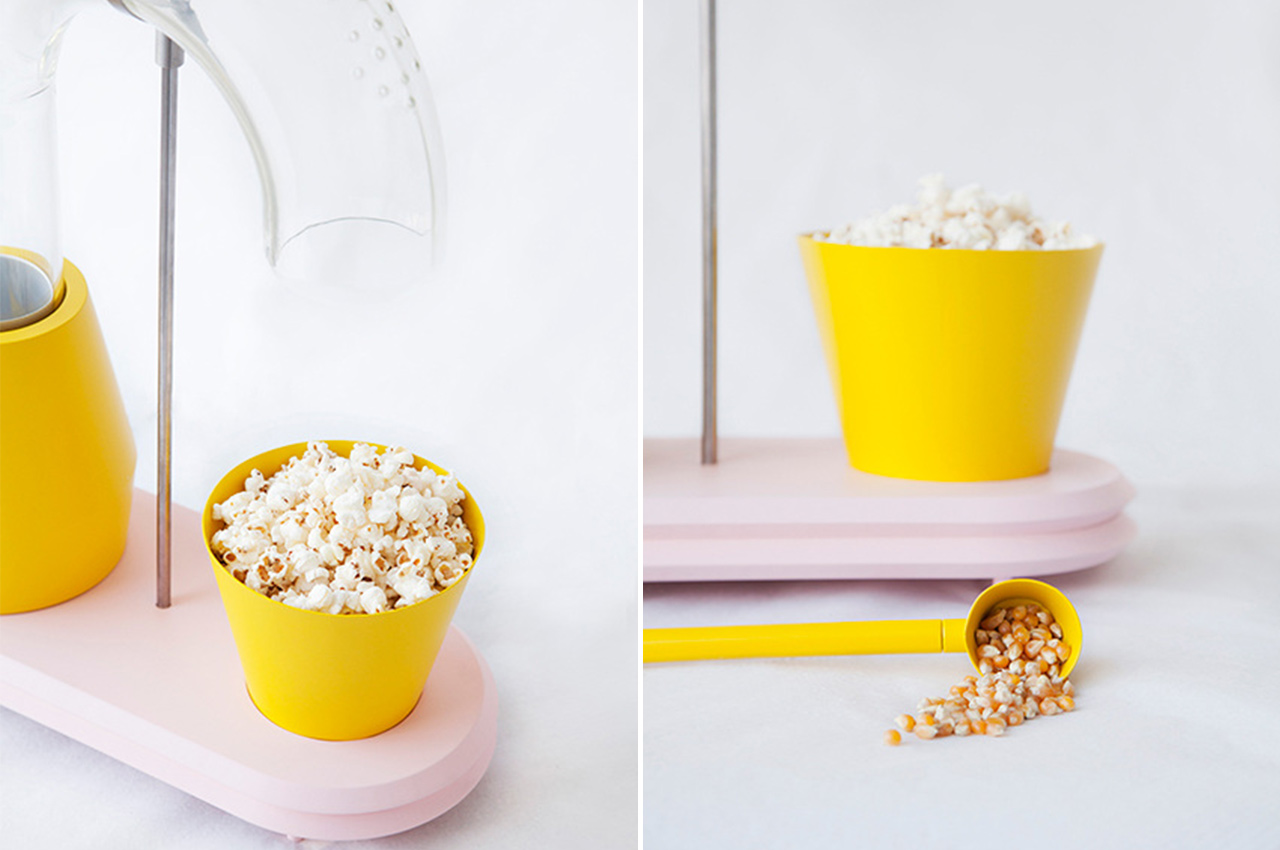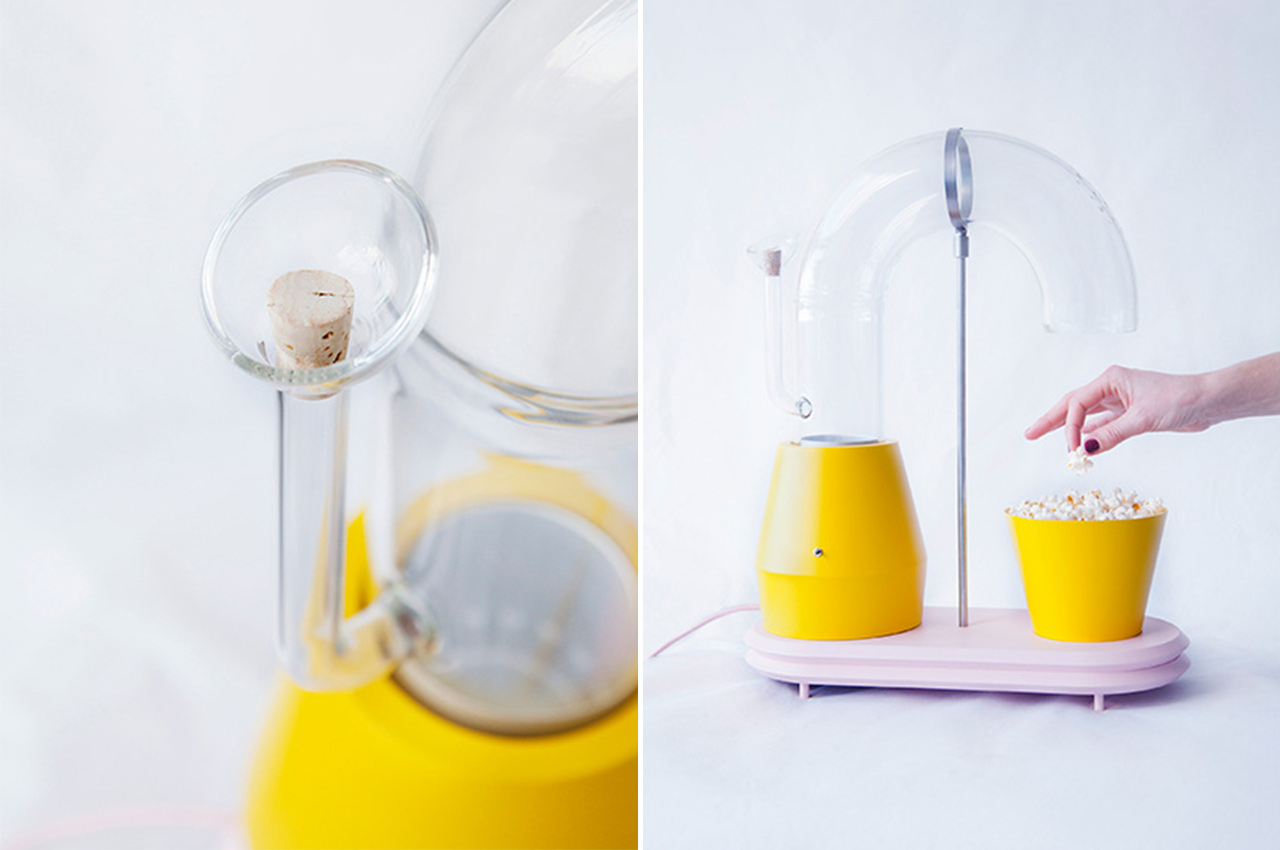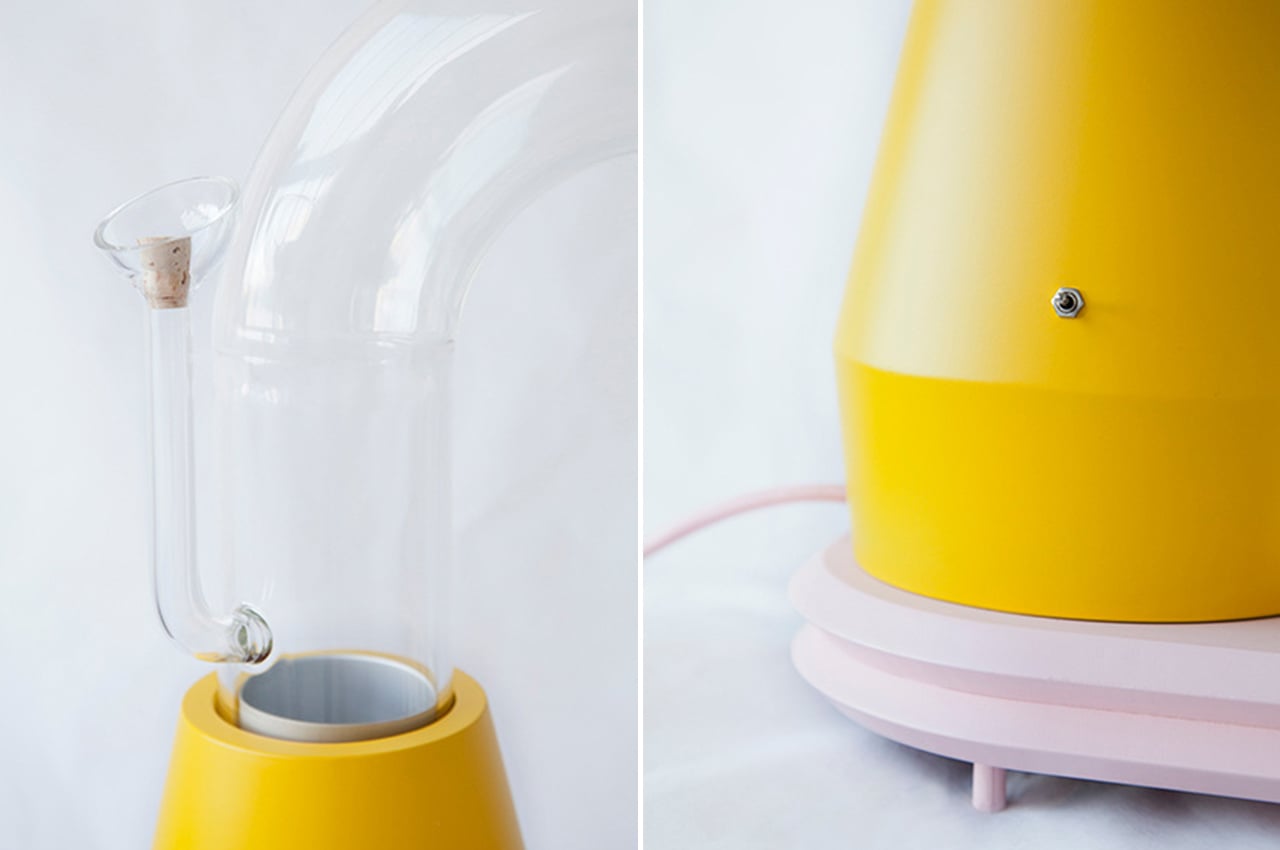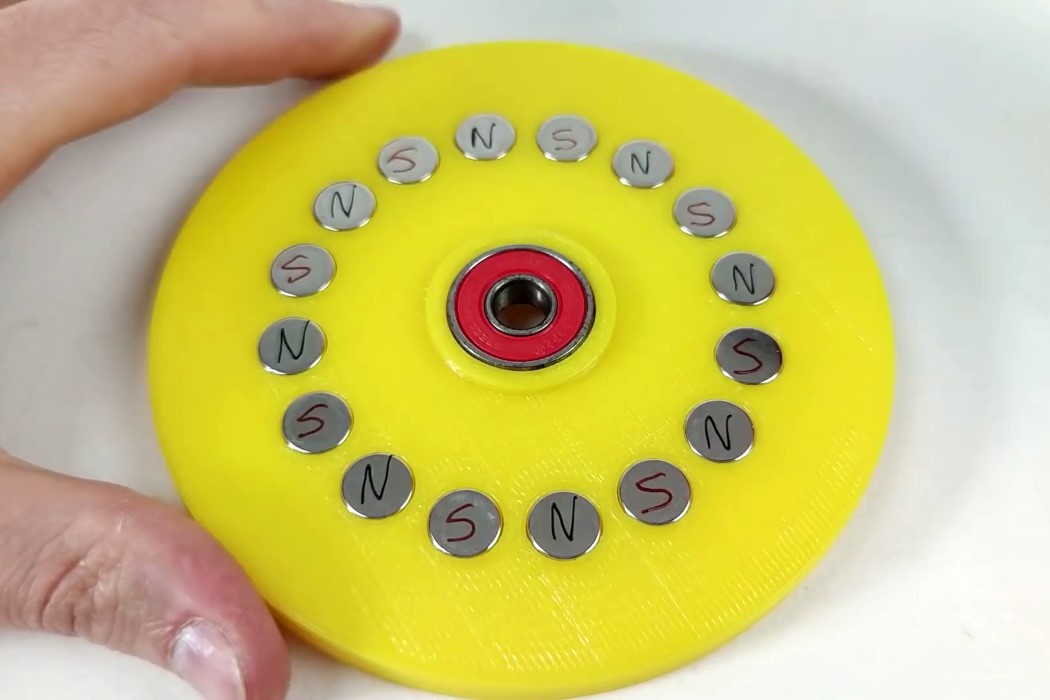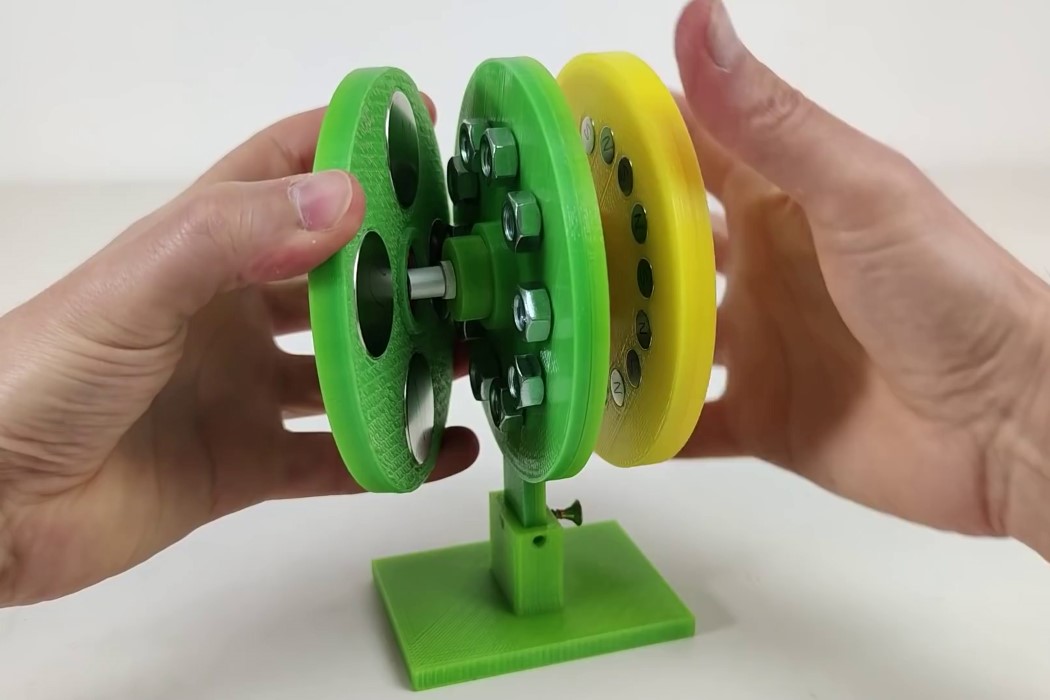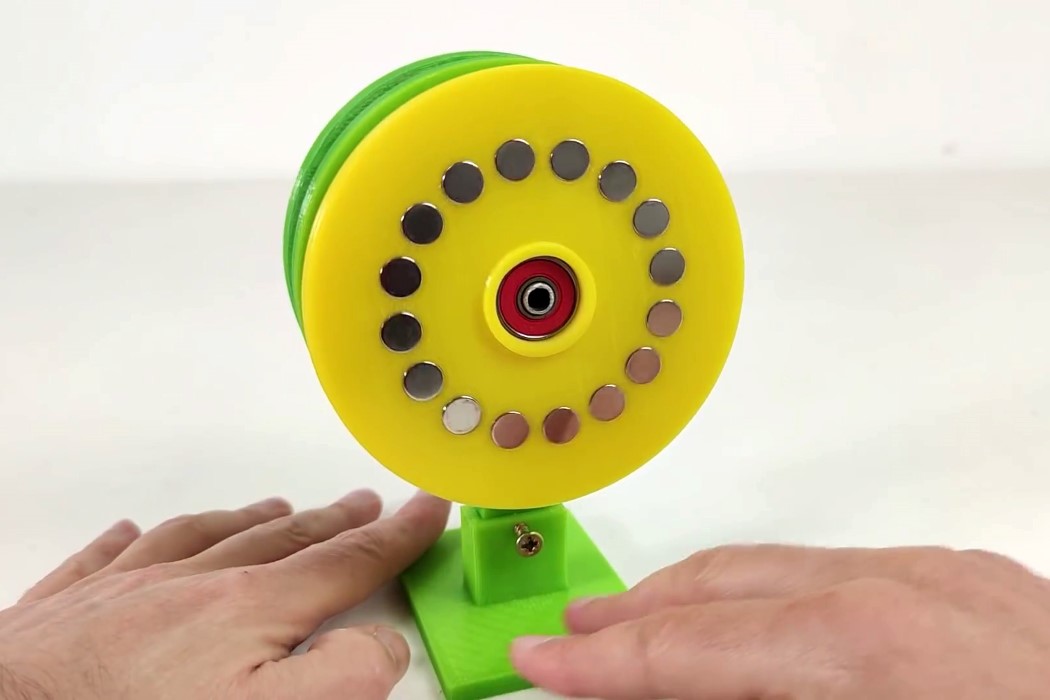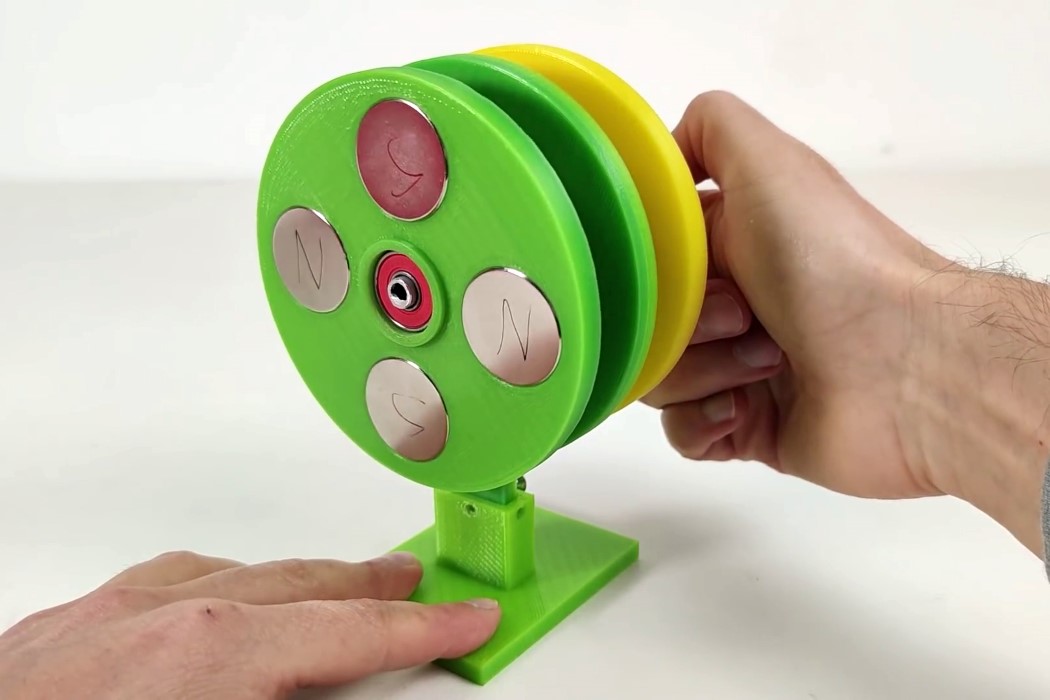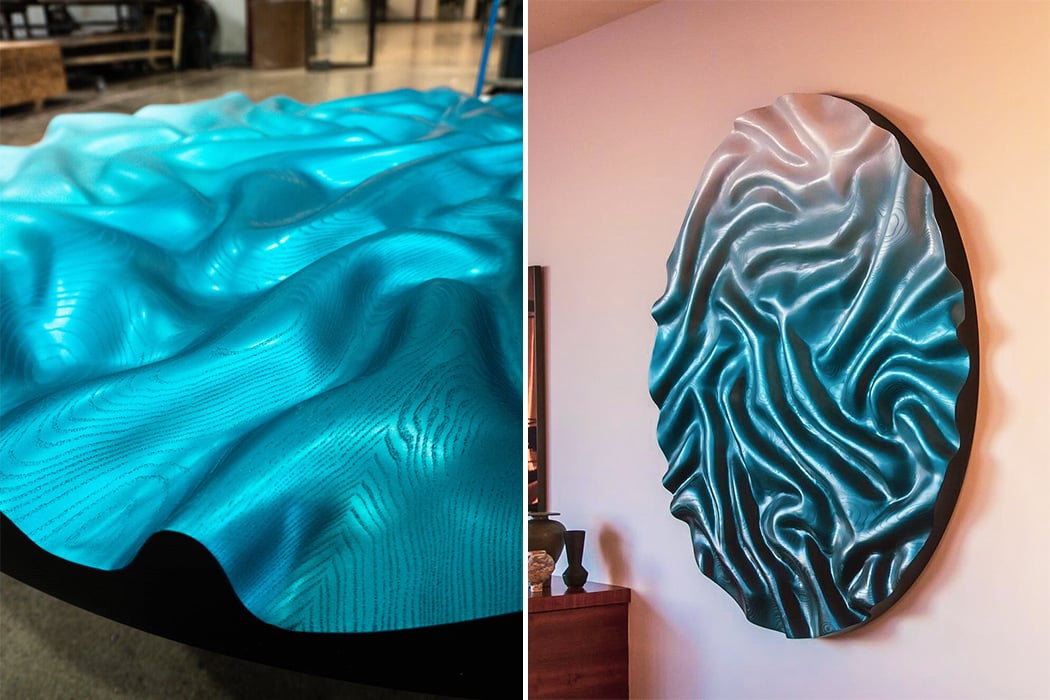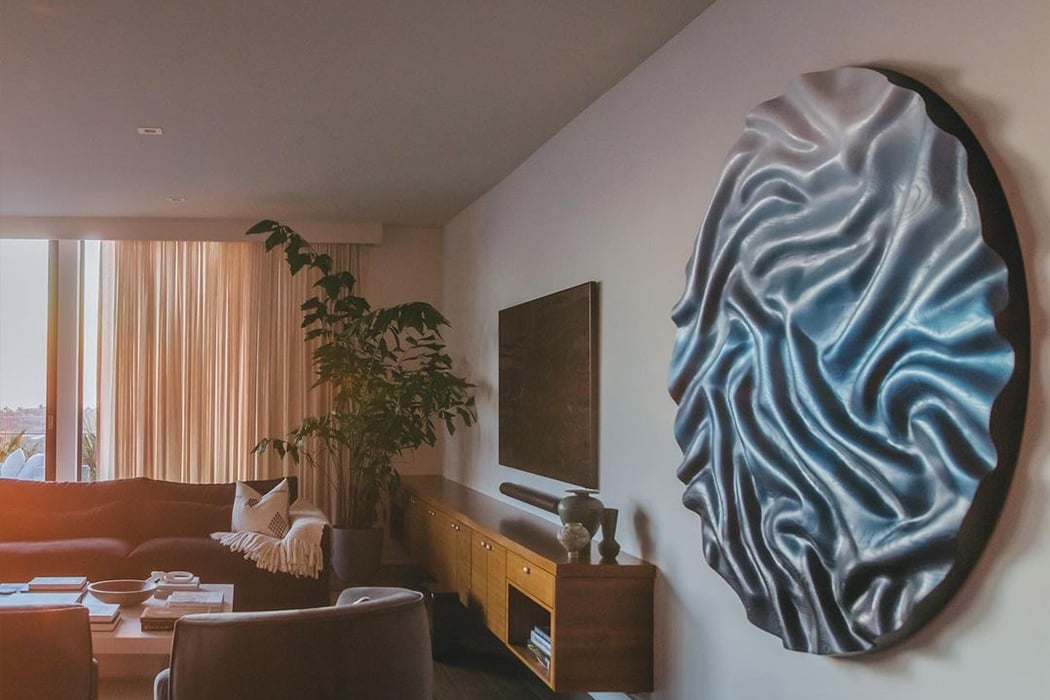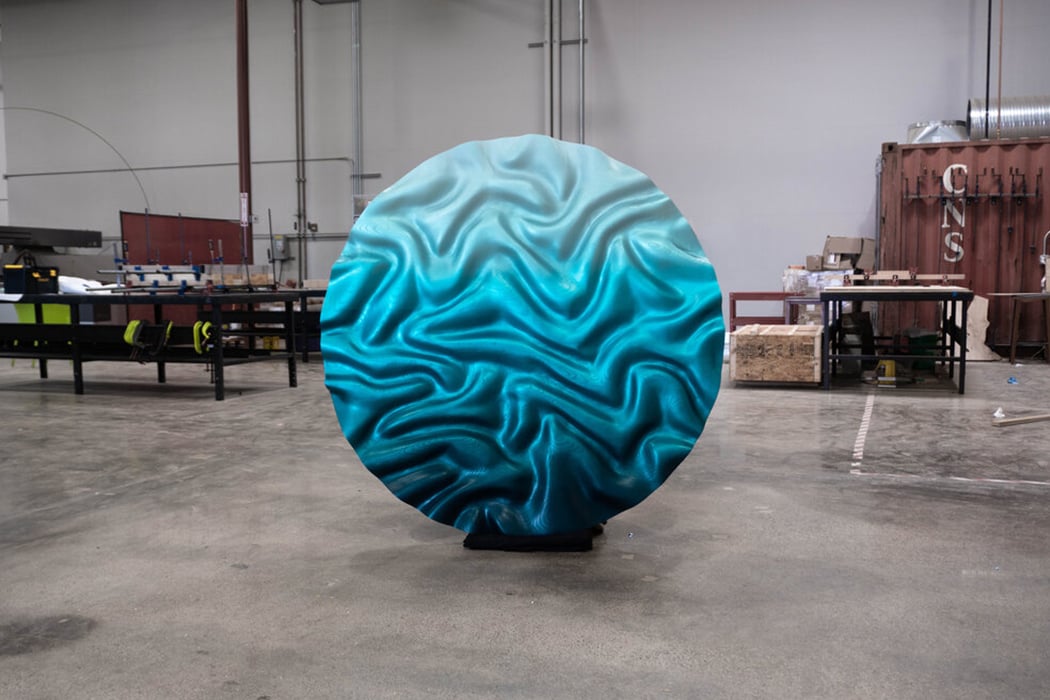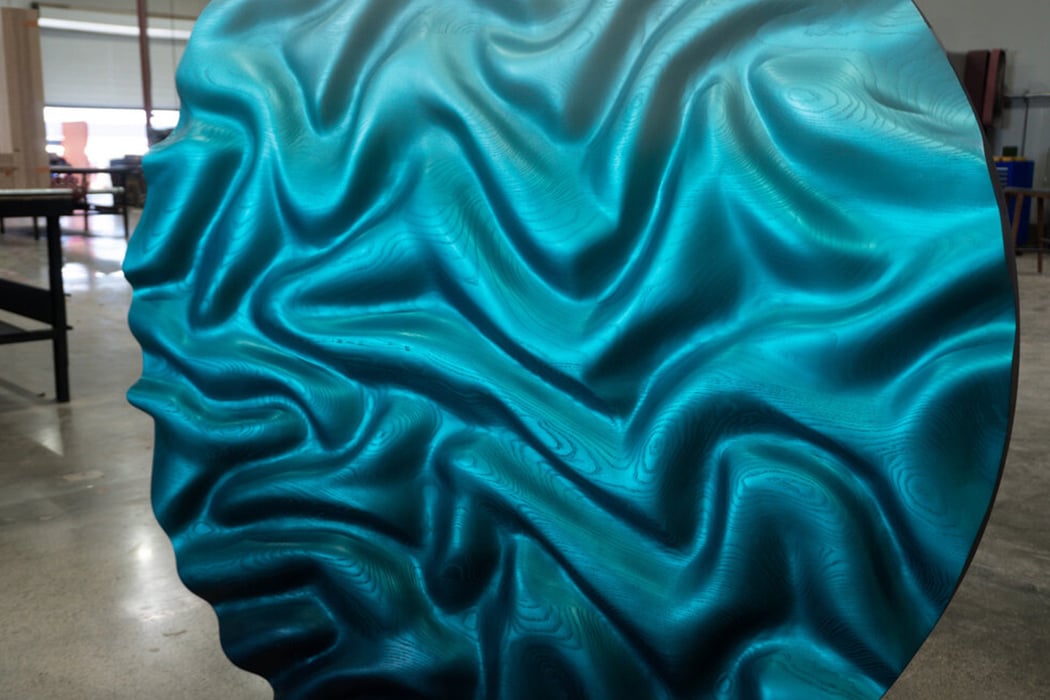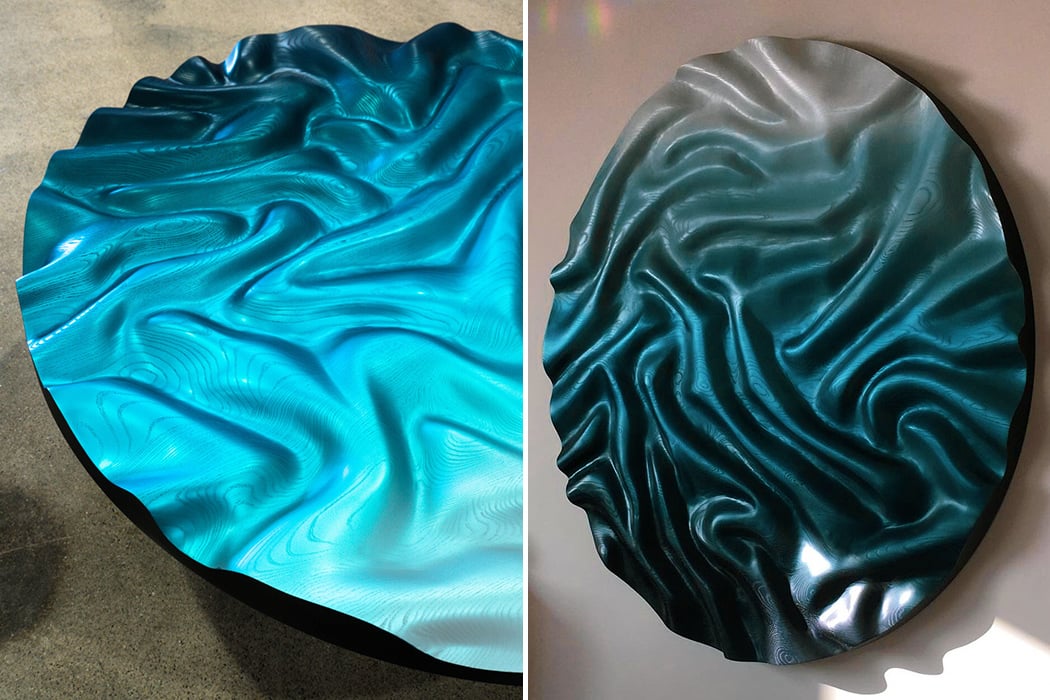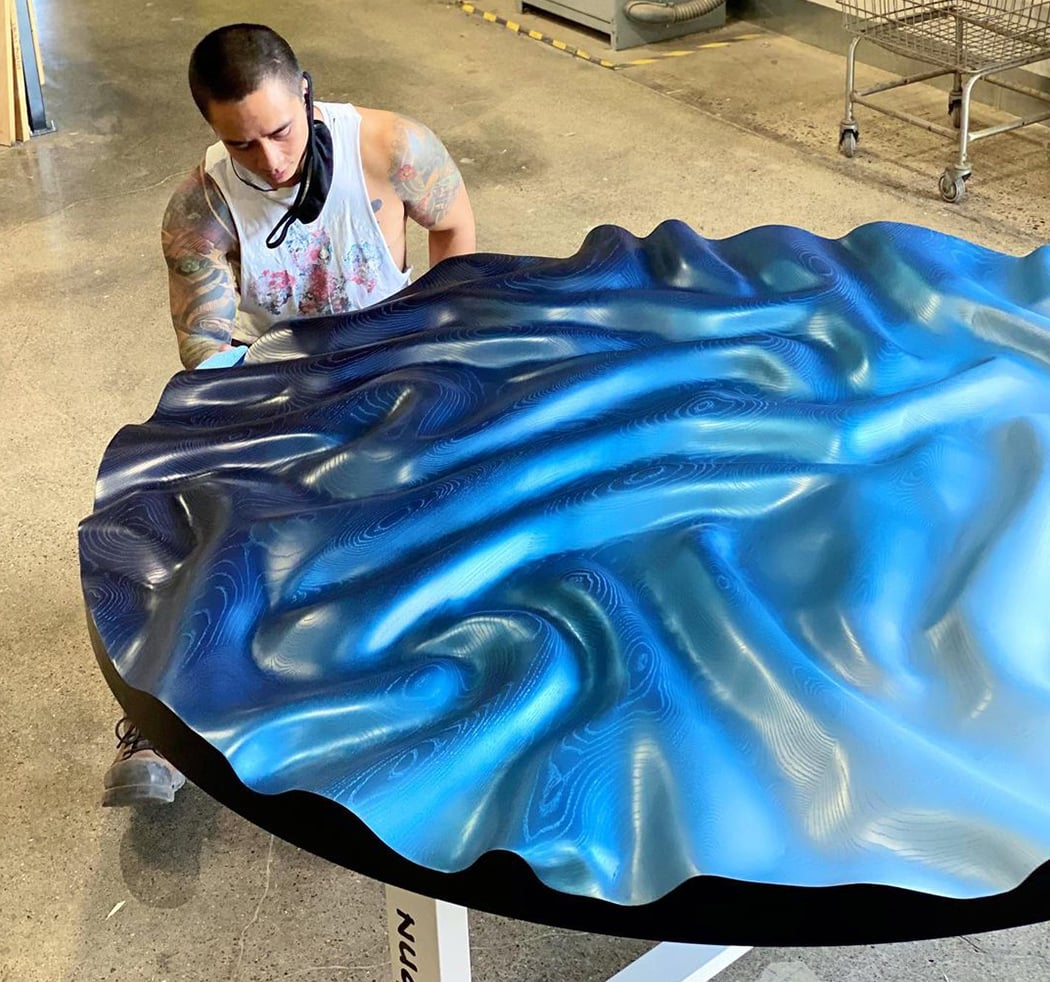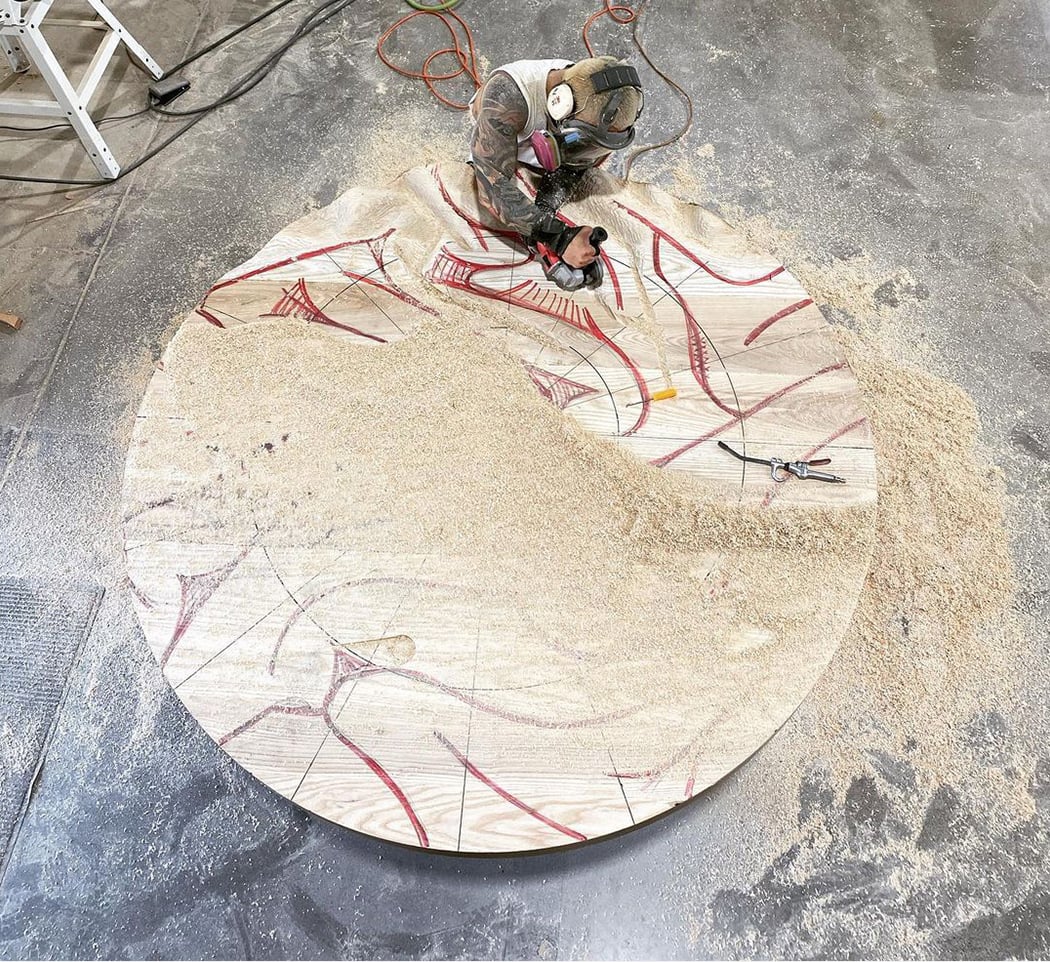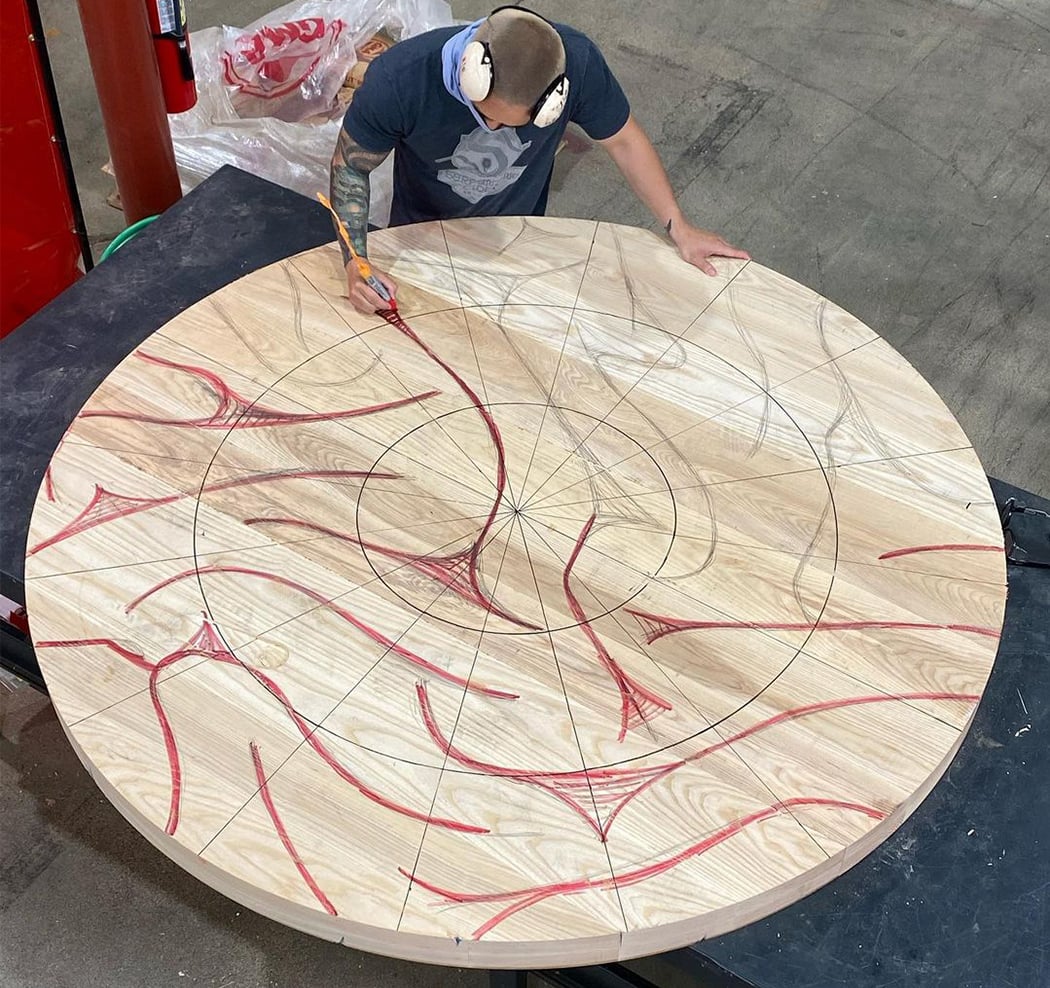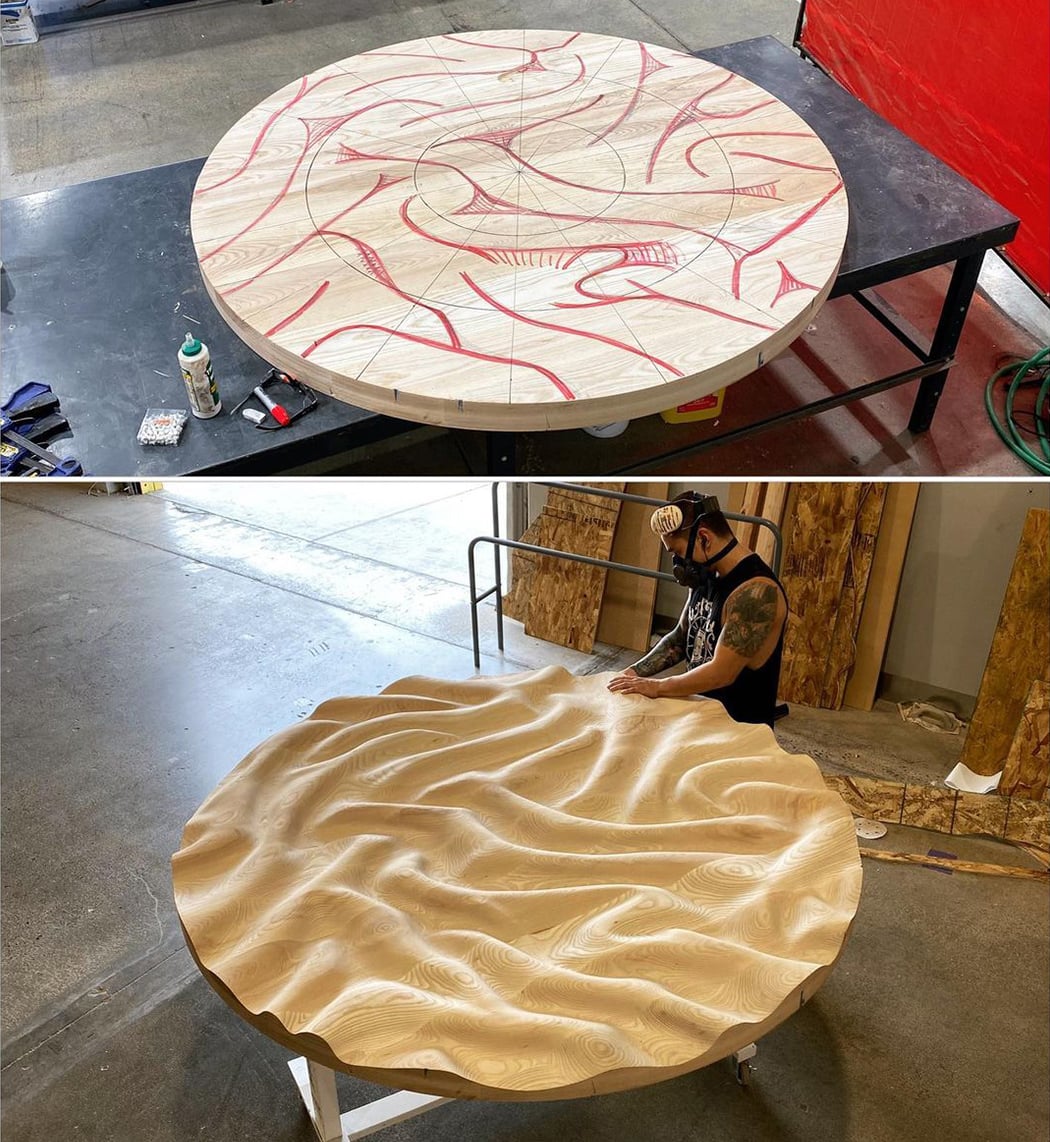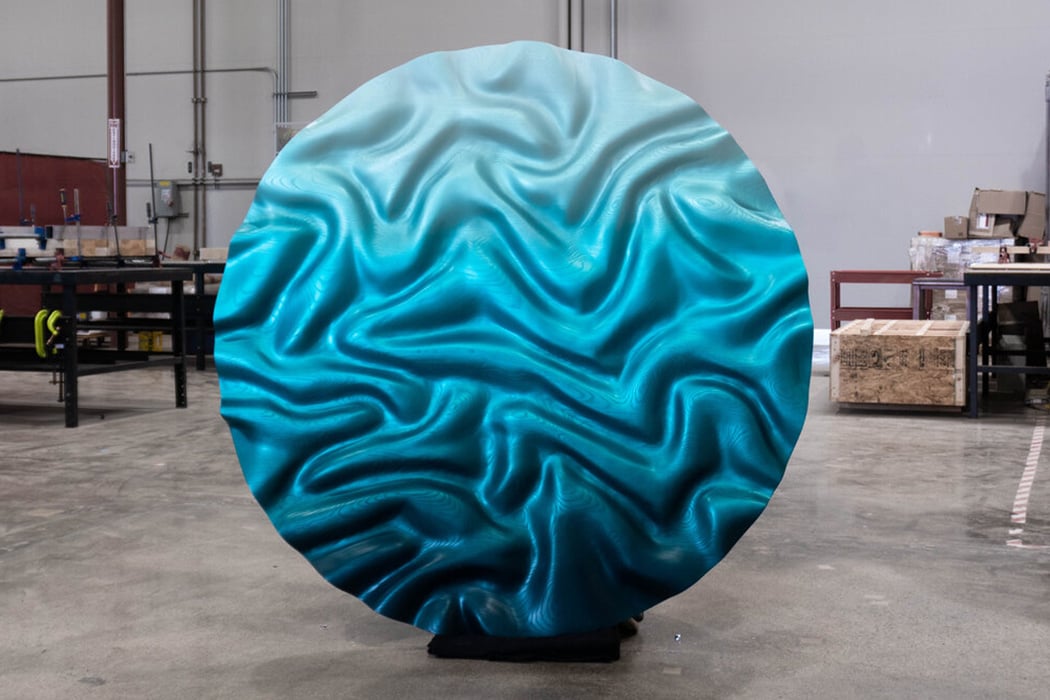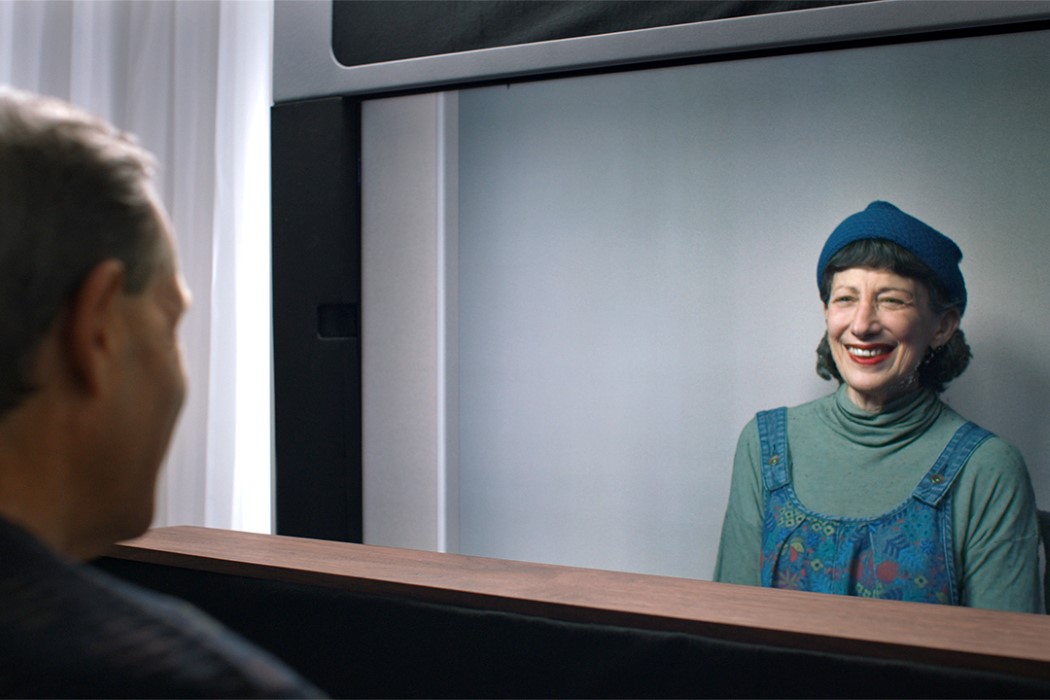We can’t stop watching the magnetic and compact chess board’s video. It has self-centering and stores all the pieces securely. The chess pieces are as custom as well functionally tactile just like the board’s clever underlying mechanism. You can “feel” the center of each square on the solid walnut playing surface. Most importantly, the pieces remain arranged while the set pivots into its playing configuration.

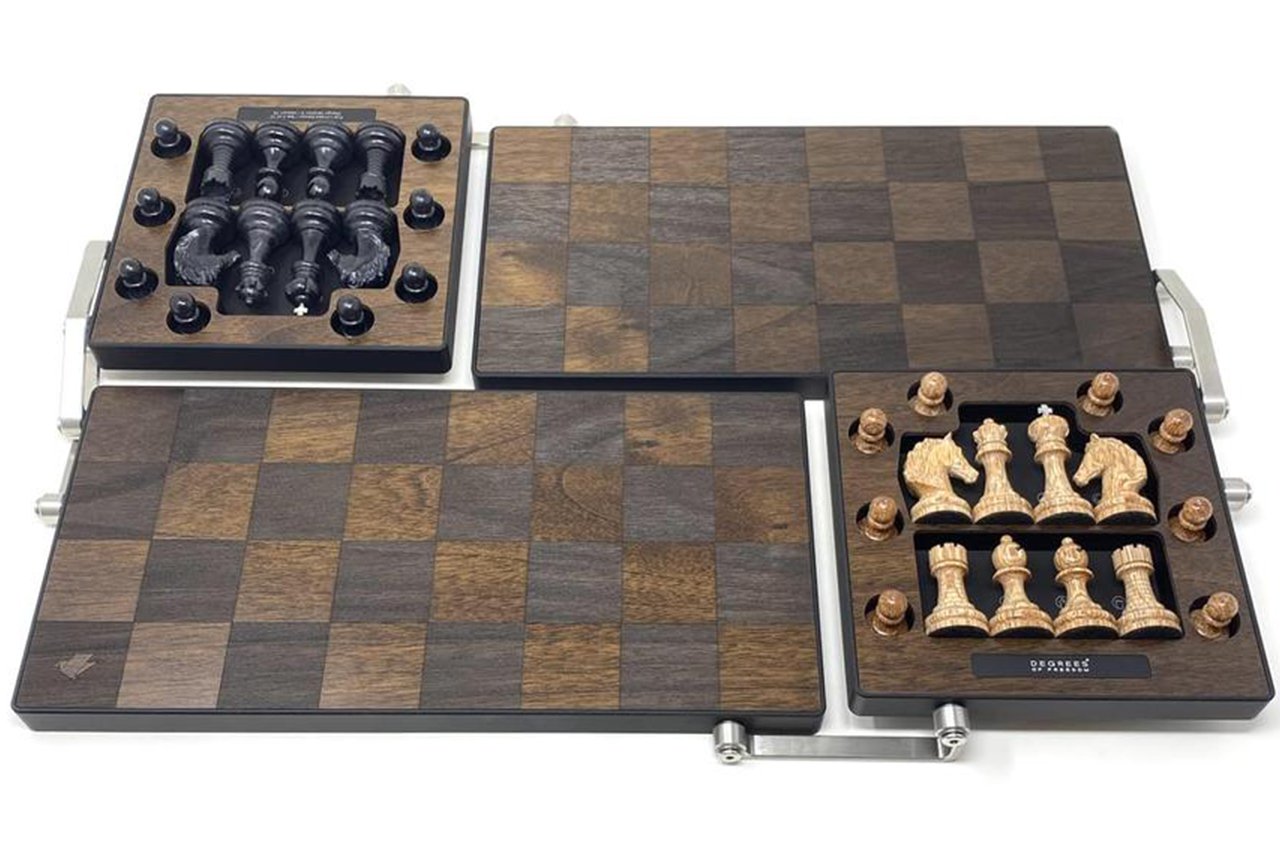
The designers explain, “Weighing in at almost eight pounds, the LE1 set carries a solid walnut playing surface in a precision-machined, black-anodized aluminum chassis. Four integrated panels are joined using brushed stainless steel hardware in an origami-inspired mechanism that can dynamically transition between storage, setup, and playing states. Self-centering on the playing surface and securely stored piece trays, our custom magnetic chess pieces are CNC machined from solid blocks of Dymalux, a resin-infused birch laminate normally reserved for high-touch objects like knife handles, jewelry, and pistol grips. The force of their magnetic base is subtle, leaving play uninterrupted and feeling more like additional piece weighting. Thanks to the set’s single degree of freedom playing configuration which is constrained by its planar resting surface, even with its cantilevered corners, it feels as solid and square as the surface below it.”
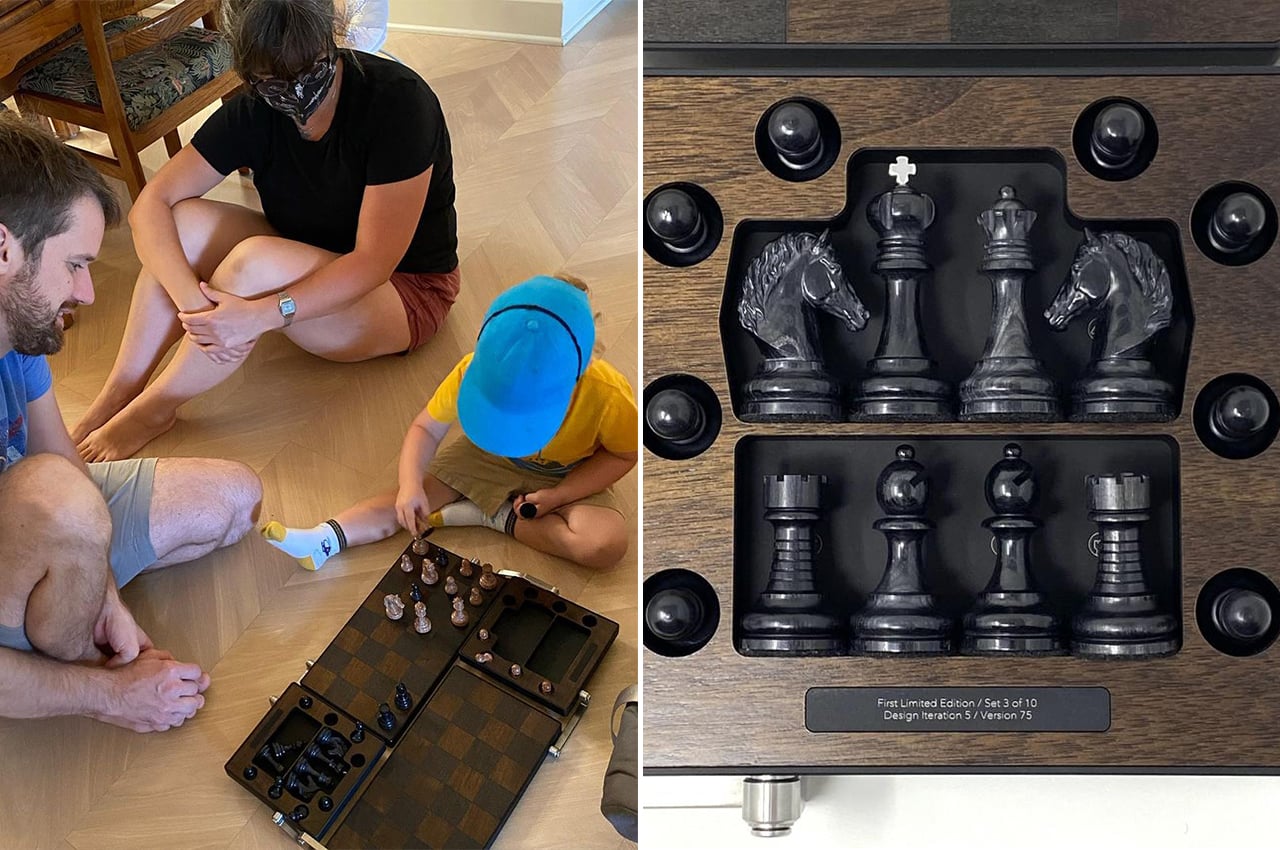
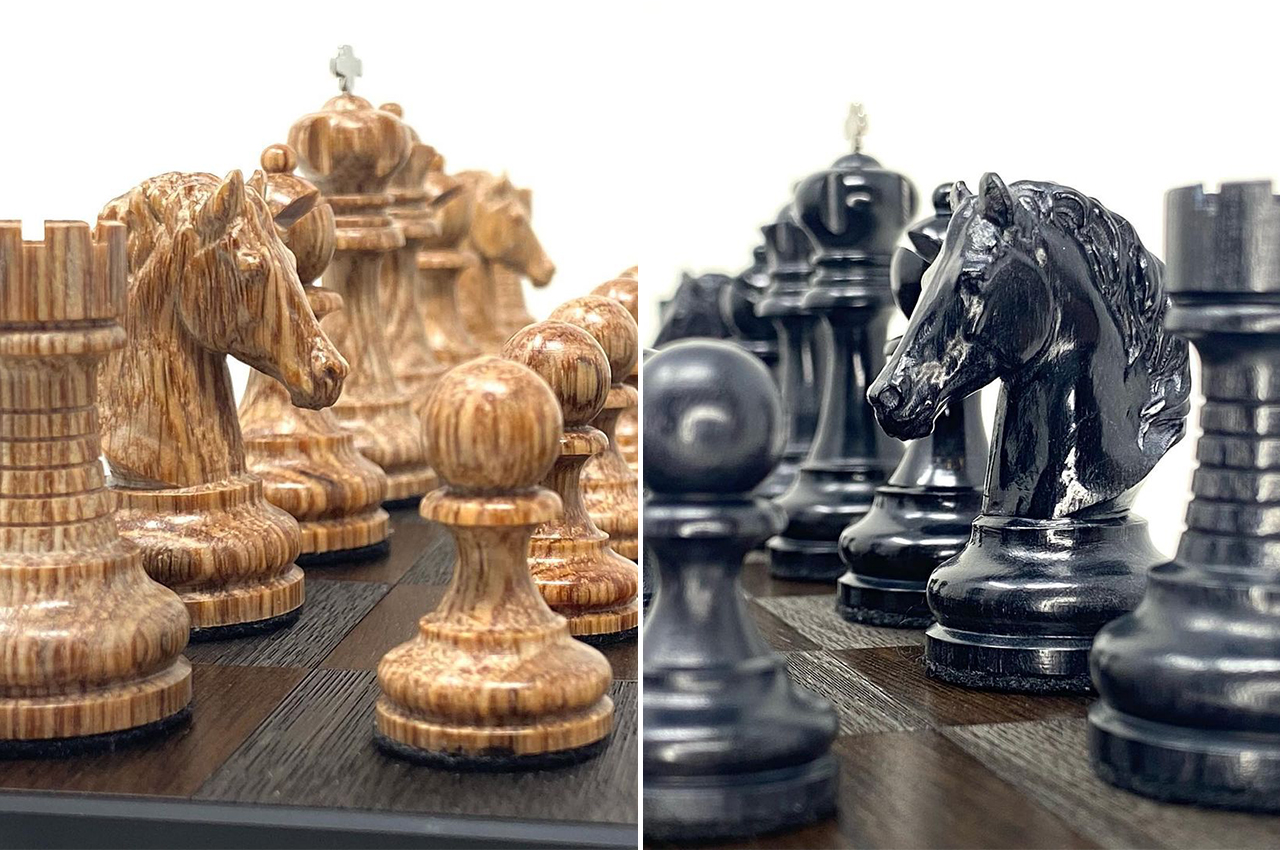
“I’ve heard that the Knight is a good measure of the quality of a chess set. Having acquired an impractical number of wooden chess pieces over the last two years, I can confidently say that the level of detail we’ve managed to achieve with our CNC-machined Dymalux Knights is unparalleled amongst other wood pieces. Muscle tone, eyebrows, nostrils, a flowing mane, you can even look this gift horse in its tiny little mouth. Not to be outdone, the Kings are topped off with polished stainless steel crosses. All of these features withstand handling thanks to the impressive durability of Dymalux’s resin-infused birch laminate. No wonder it’s normally used for knife handles, pistol grips, and wood jewelry.”
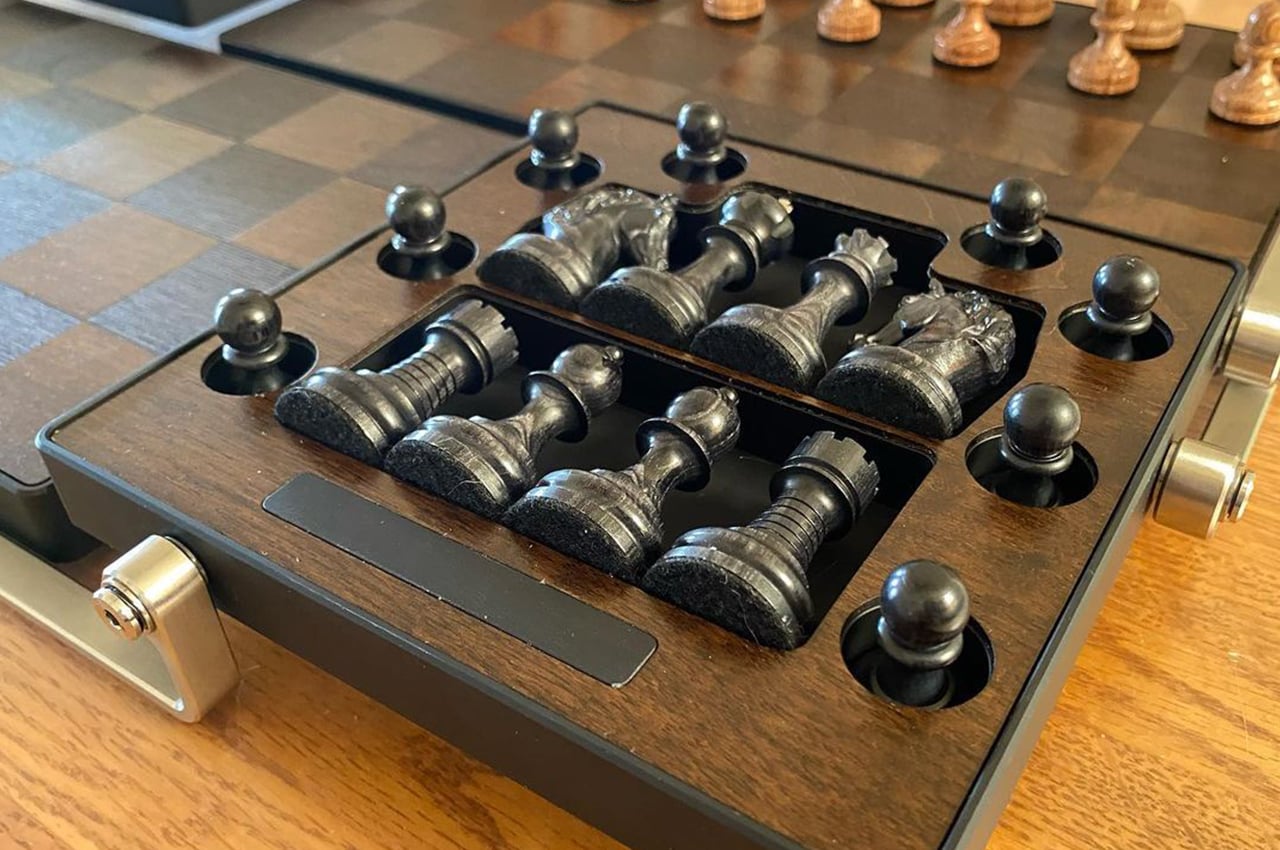
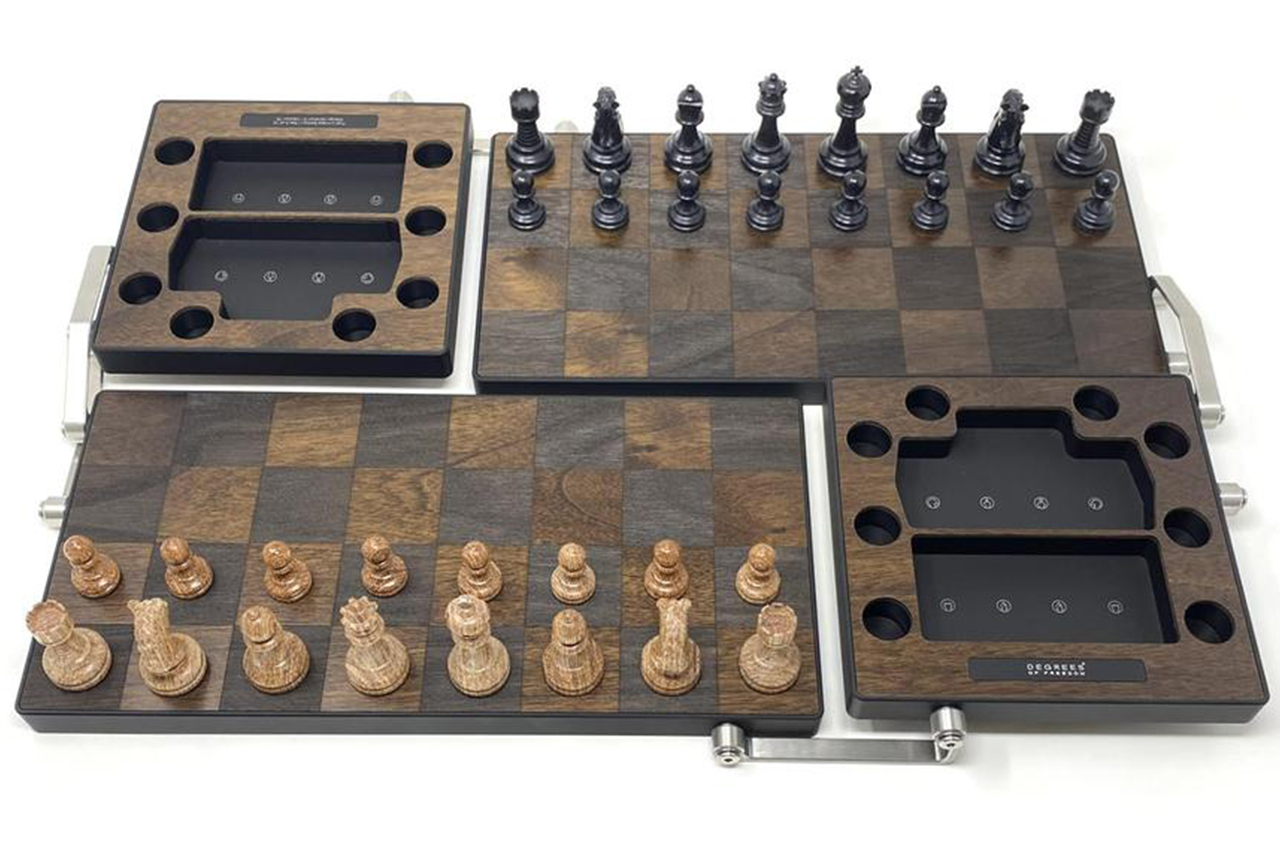 Each piece is CNC machined from a solid block of Dymalux, a resin-infused birch laminate normally reserved for high-touch objects like knife handles, jewelry, and pistol grips for maximum shelf life and durability. The force of the magnetic base is subtle, leaving play uninterrupted and feeling more like additional piece weighting. It must literally be therapeutic for Monica Geller, a Virgo, or someone who loves staying organized to pack this set up after a match!
Each piece is CNC machined from a solid block of Dymalux, a resin-infused birch laminate normally reserved for high-touch objects like knife handles, jewelry, and pistol grips for maximum shelf life and durability. The force of the magnetic base is subtle, leaving play uninterrupted and feeling more like additional piece weighting. It must literally be therapeutic for Monica Geller, a Virgo, or someone who loves staying organized to pack this set up after a match!
Designer: Degrees of Freedom
Click Here to Buy Now!
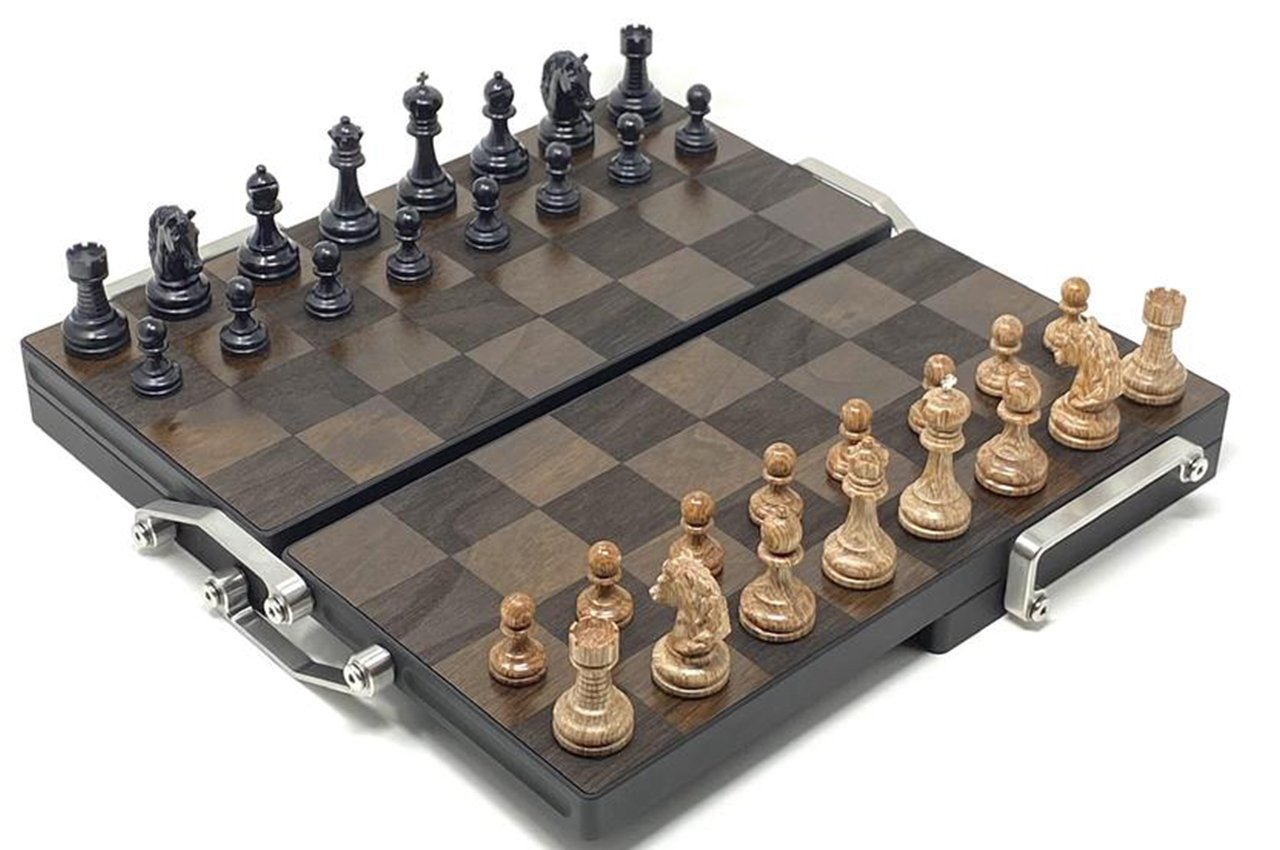
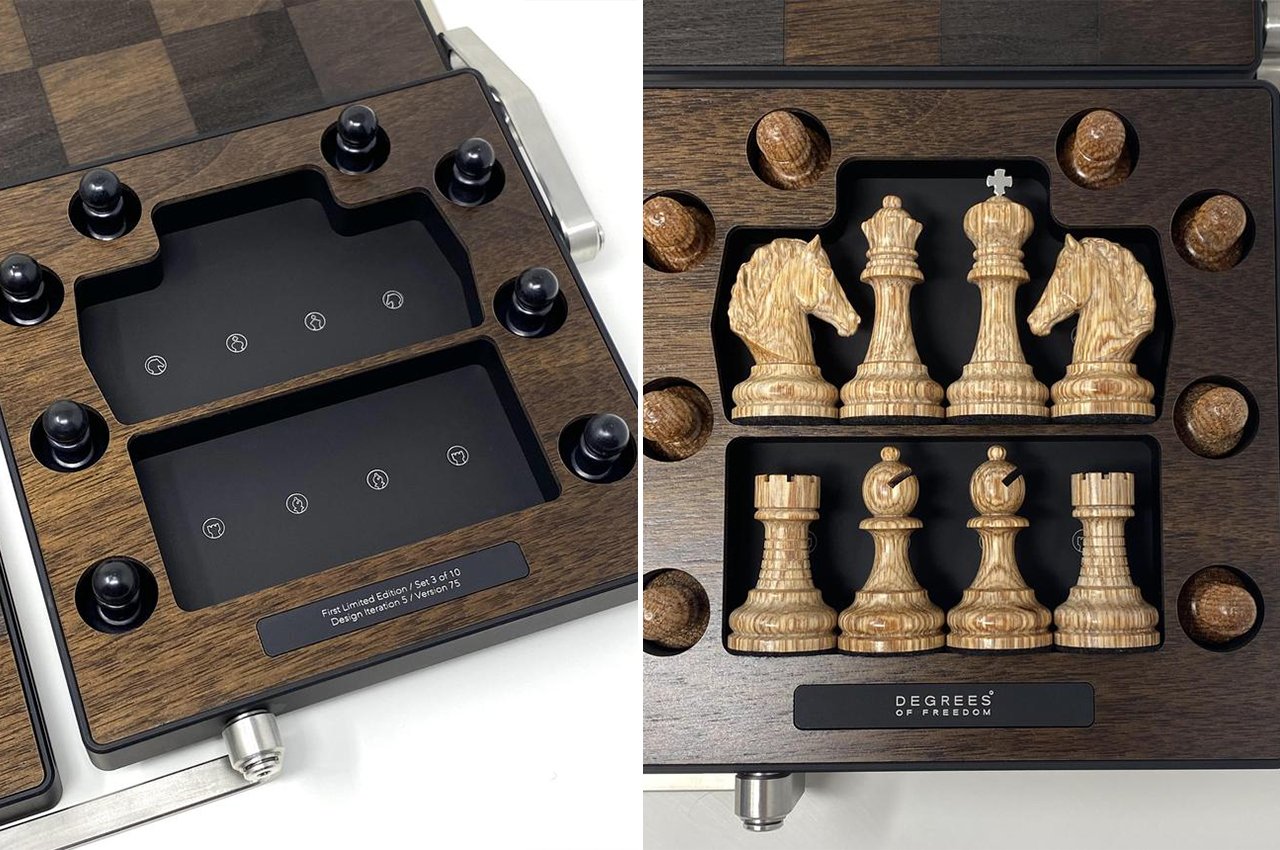
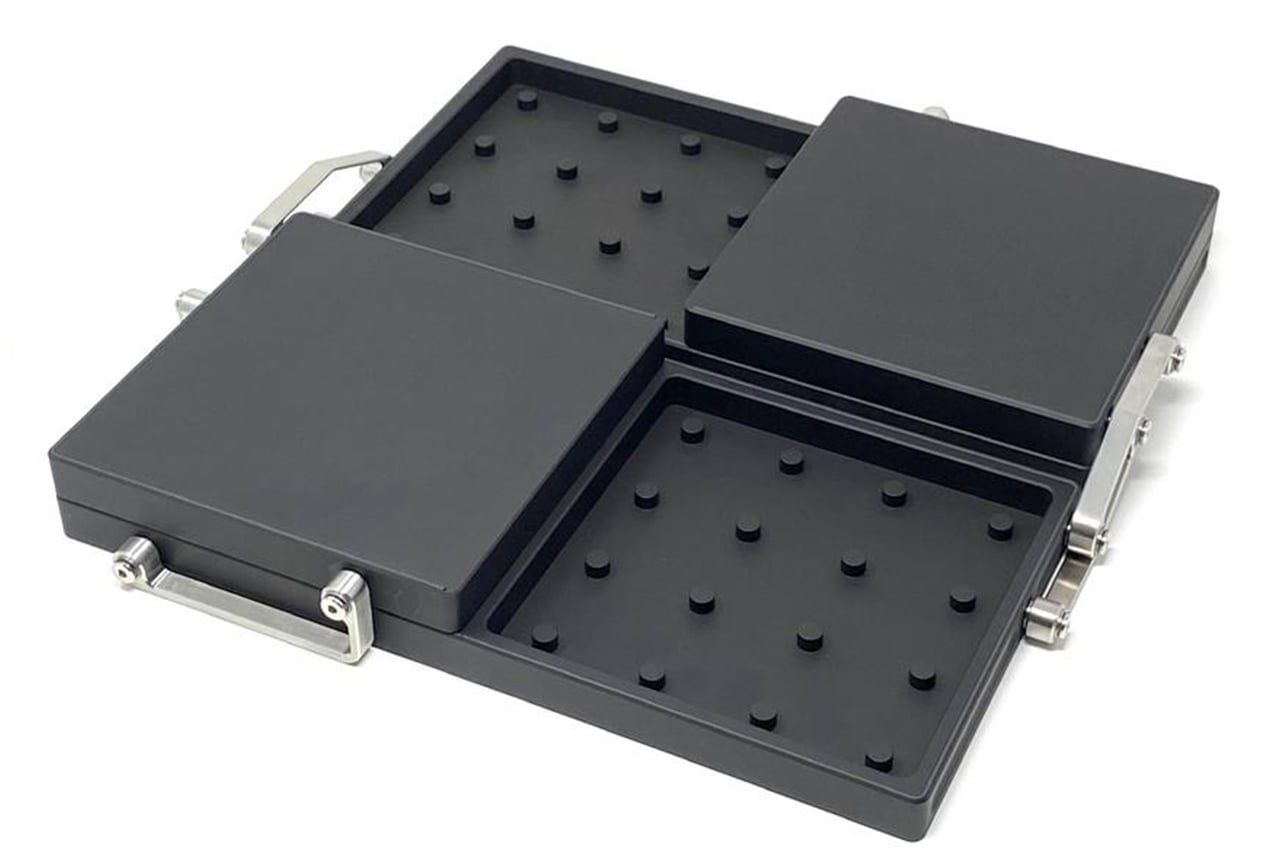
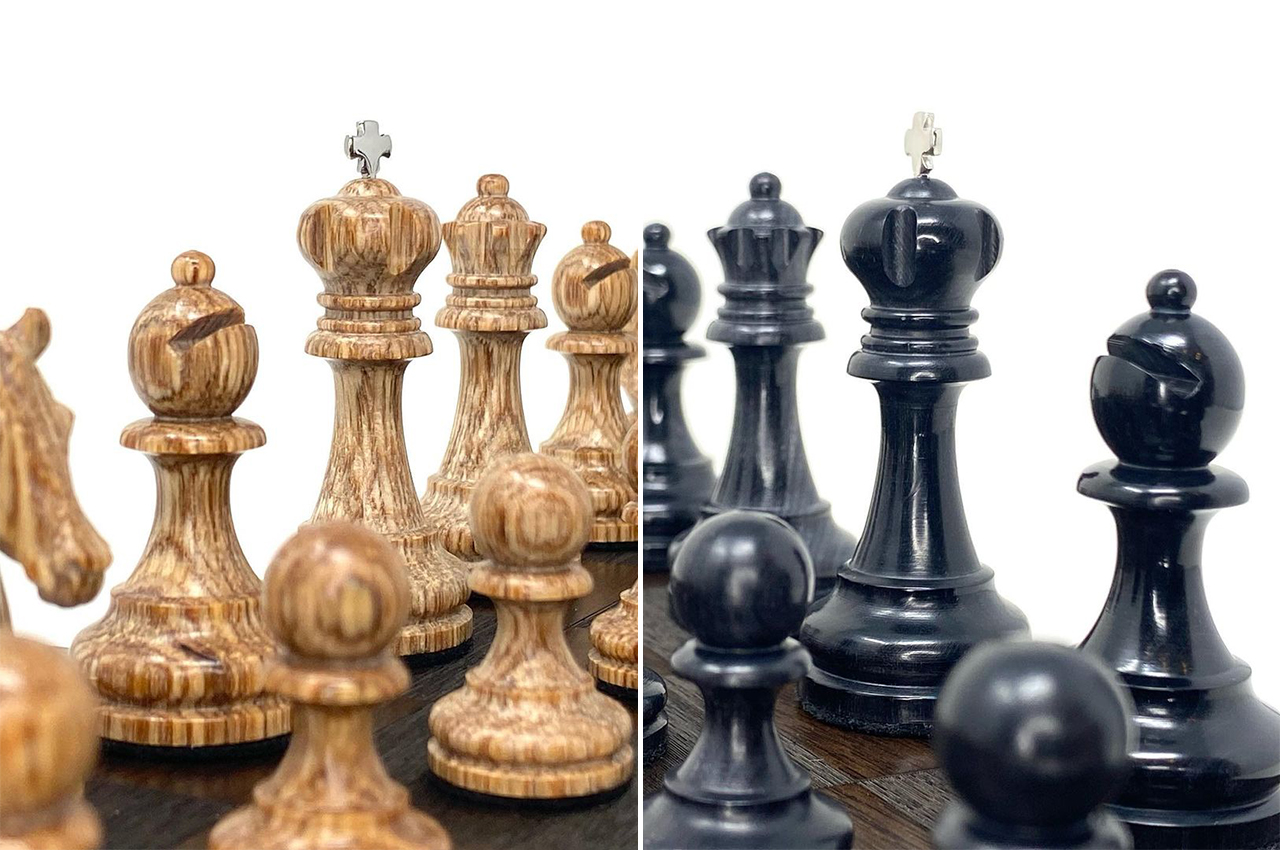
The post This origami engineered chess board unfolds in the most oddly-satisfying way. Watch the video! first appeared on Yanko Design.











 Each piece is CNC machined from a solid block of Dymalux, a resin-infused birch laminate normally reserved for high-touch objects like knife handles, jewelry, and pistol grips for maximum shelf life and durability. The force of the magnetic base is subtle, leaving play uninterrupted and feeling more like additional piece weighting. It must literally be therapeutic for Monica Geller, a Virgo, or someone who loves staying organized to pack this set up after a match!
Each piece is CNC machined from a solid block of Dymalux, a resin-infused birch laminate normally reserved for high-touch objects like knife handles, jewelry, and pistol grips for maximum shelf life and durability. The force of the magnetic base is subtle, leaving play uninterrupted and feeling more like additional piece weighting. It must literally be therapeutic for Monica Geller, a Virgo, or someone who loves staying organized to pack this set up after a match!



